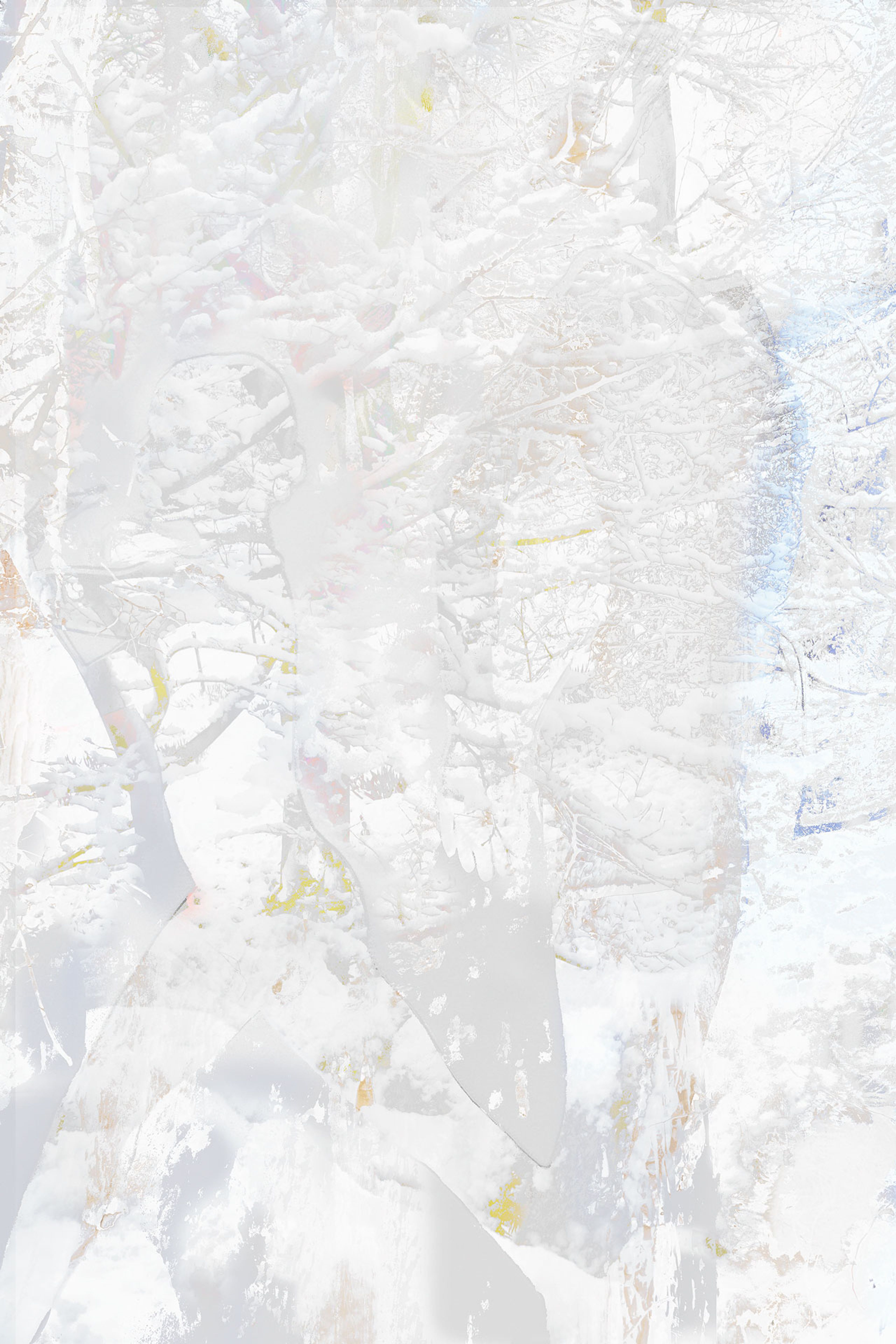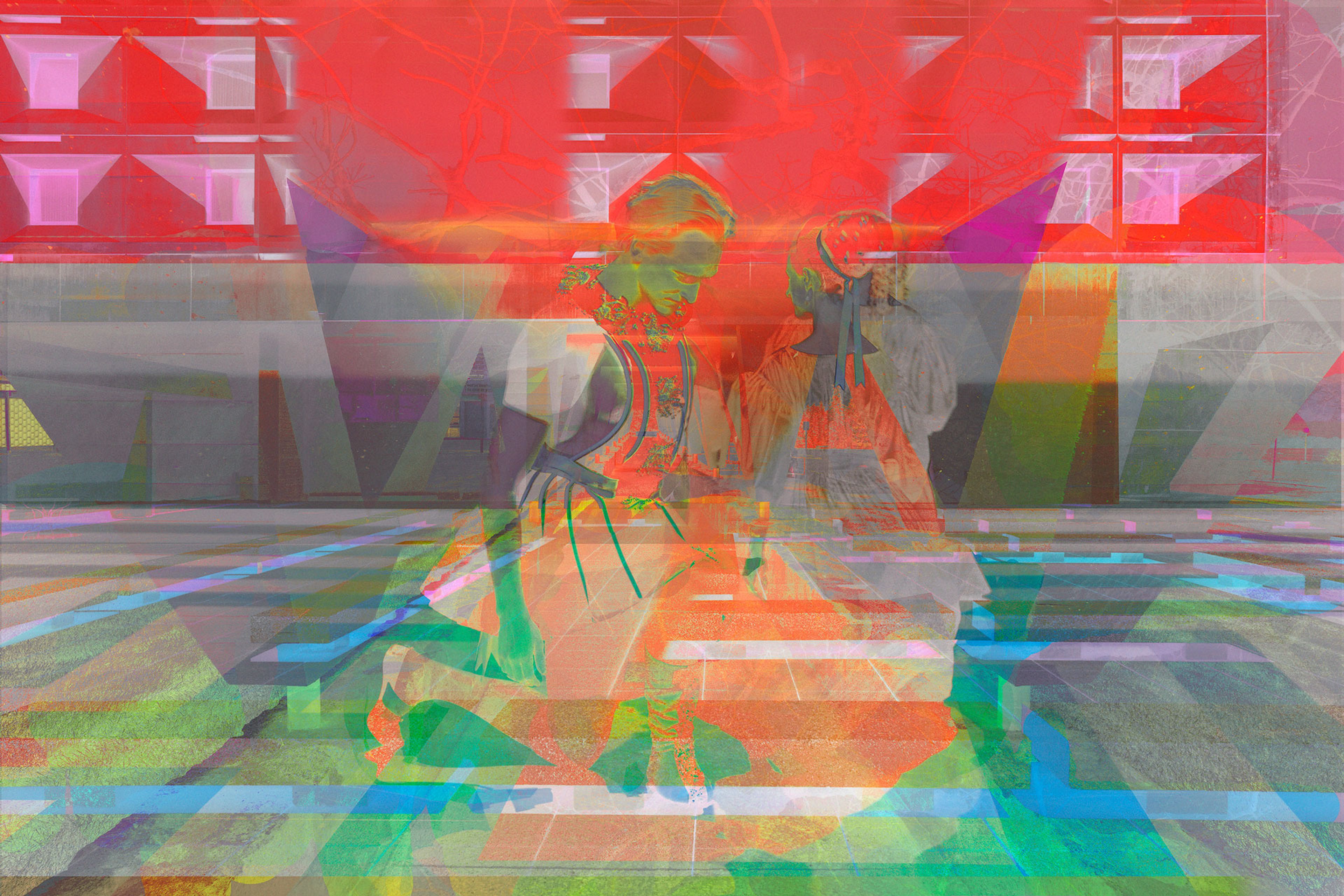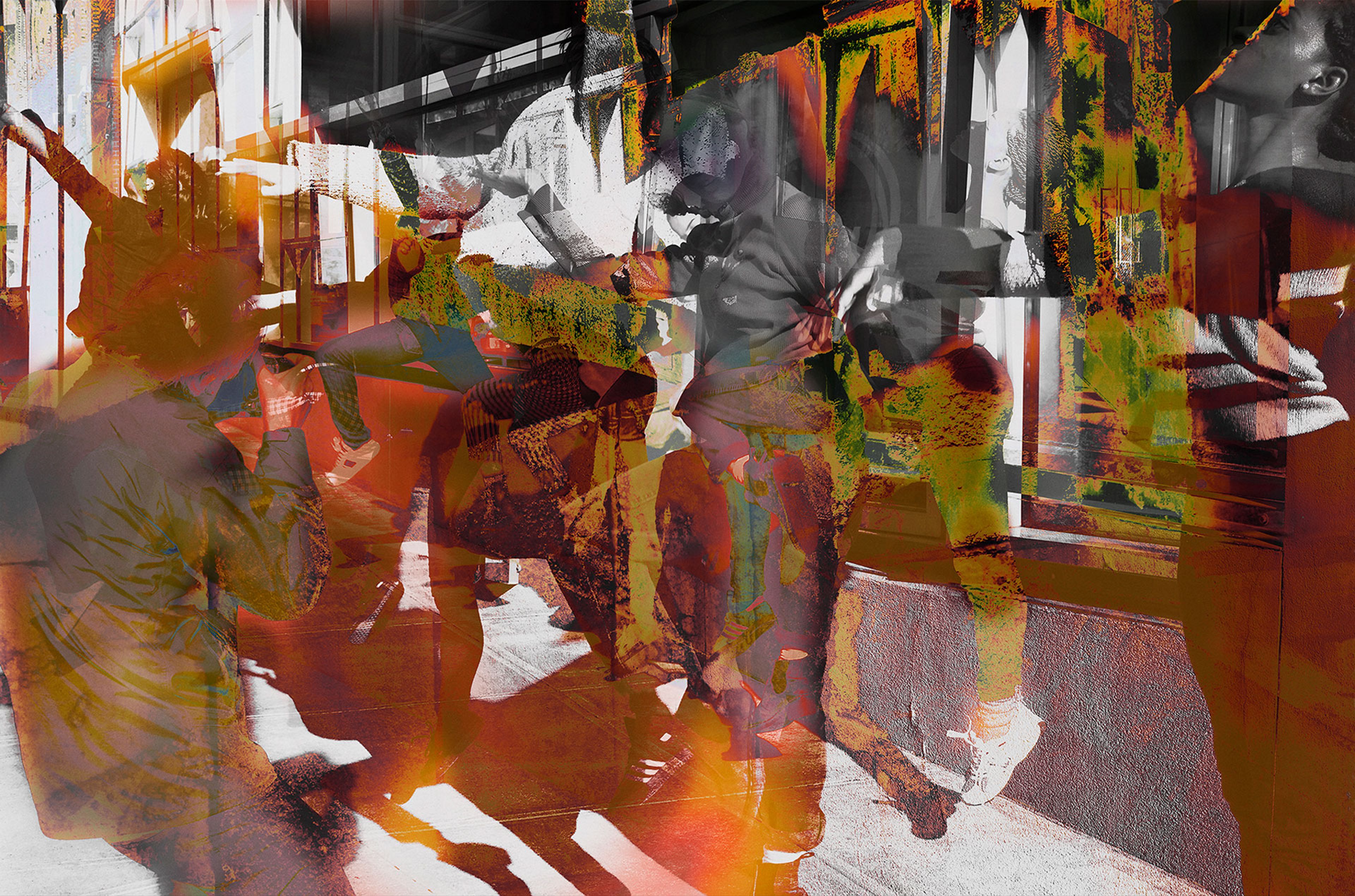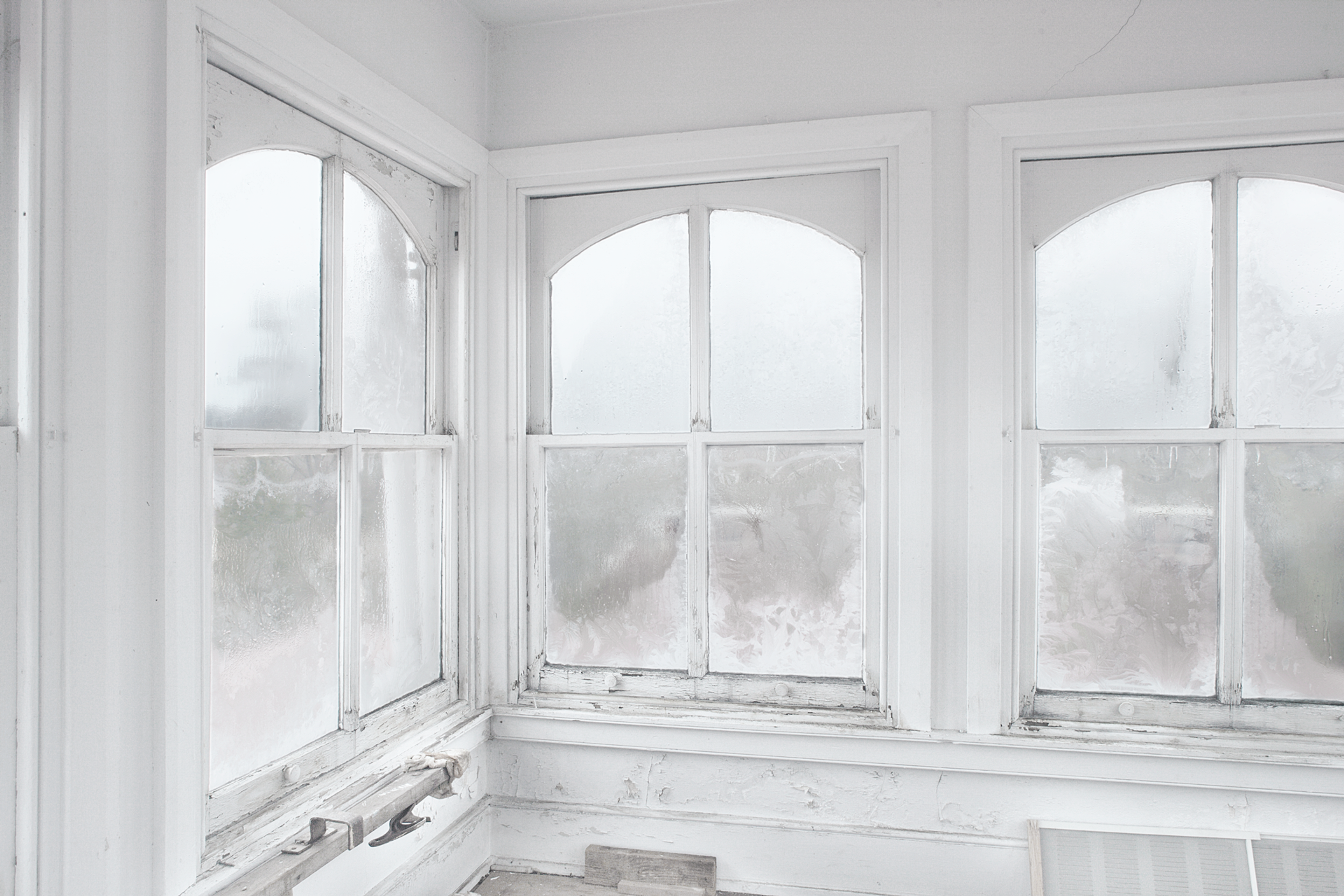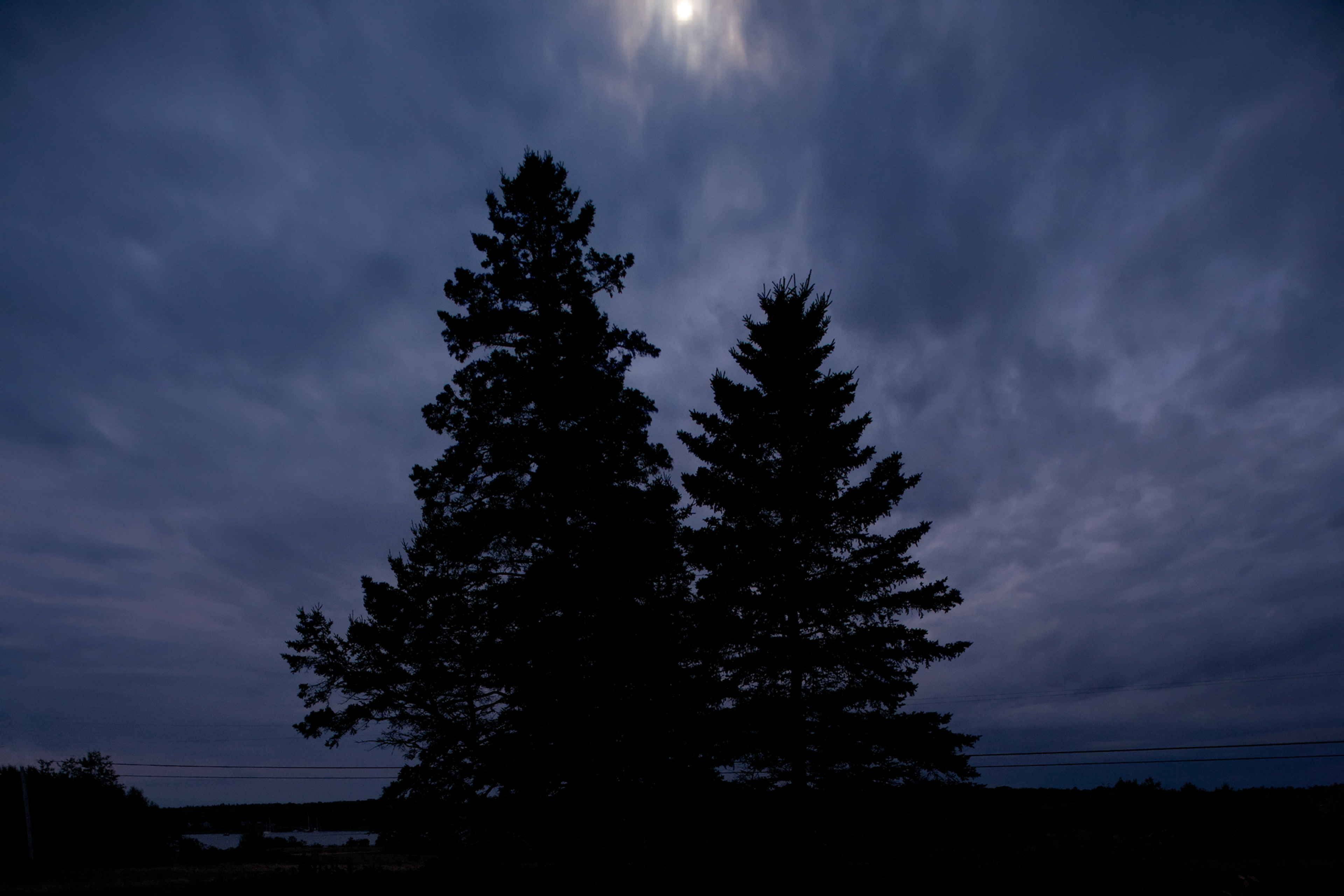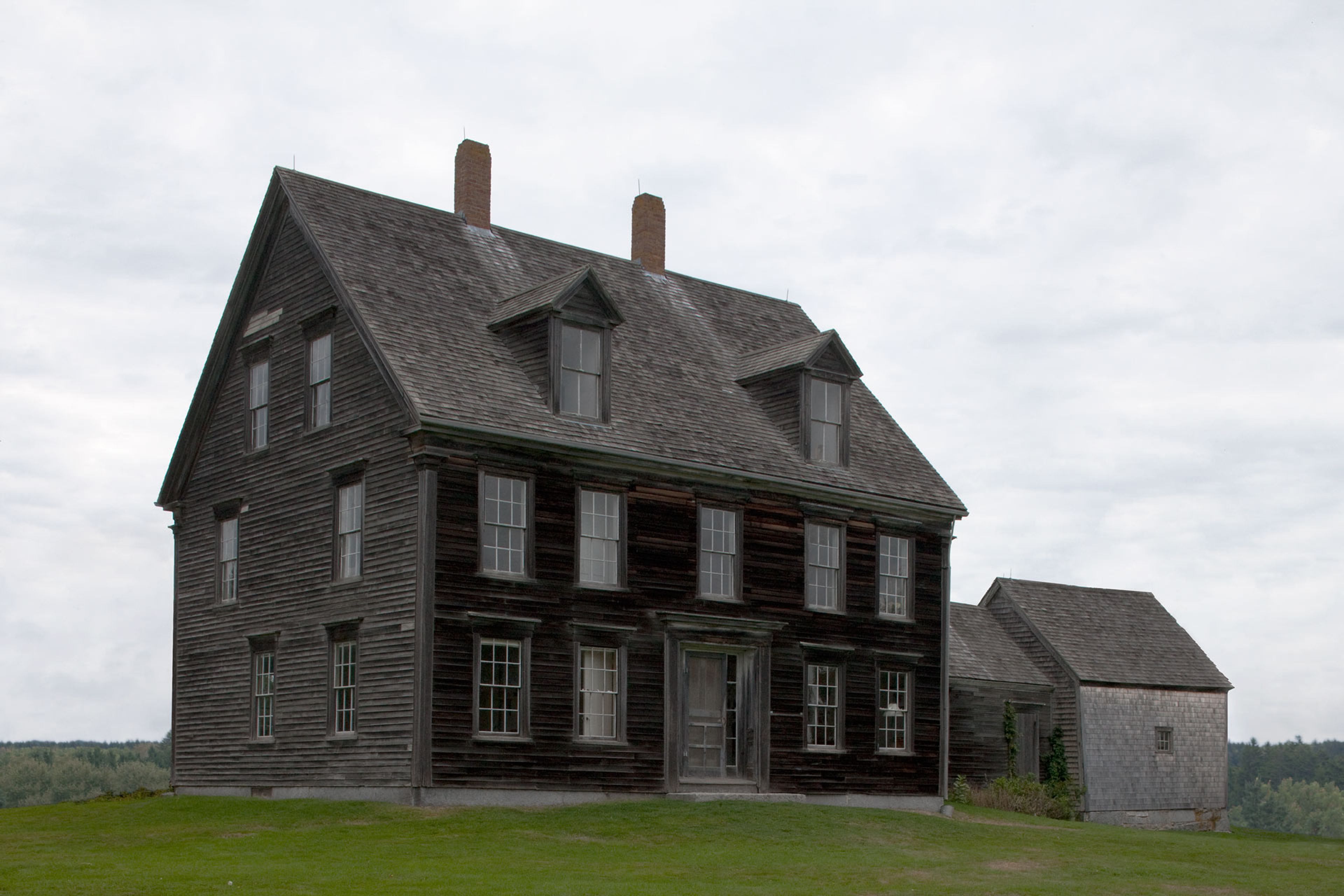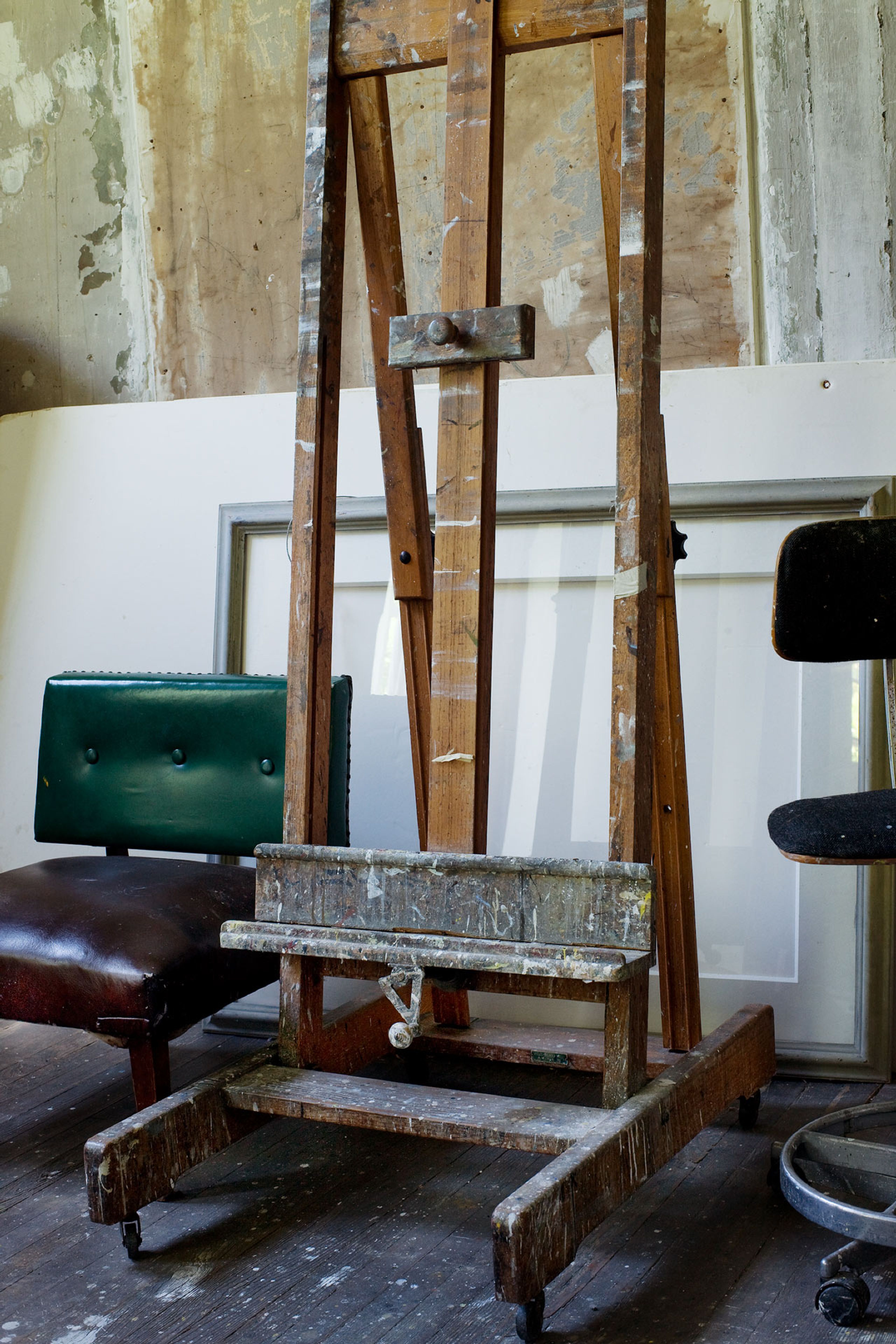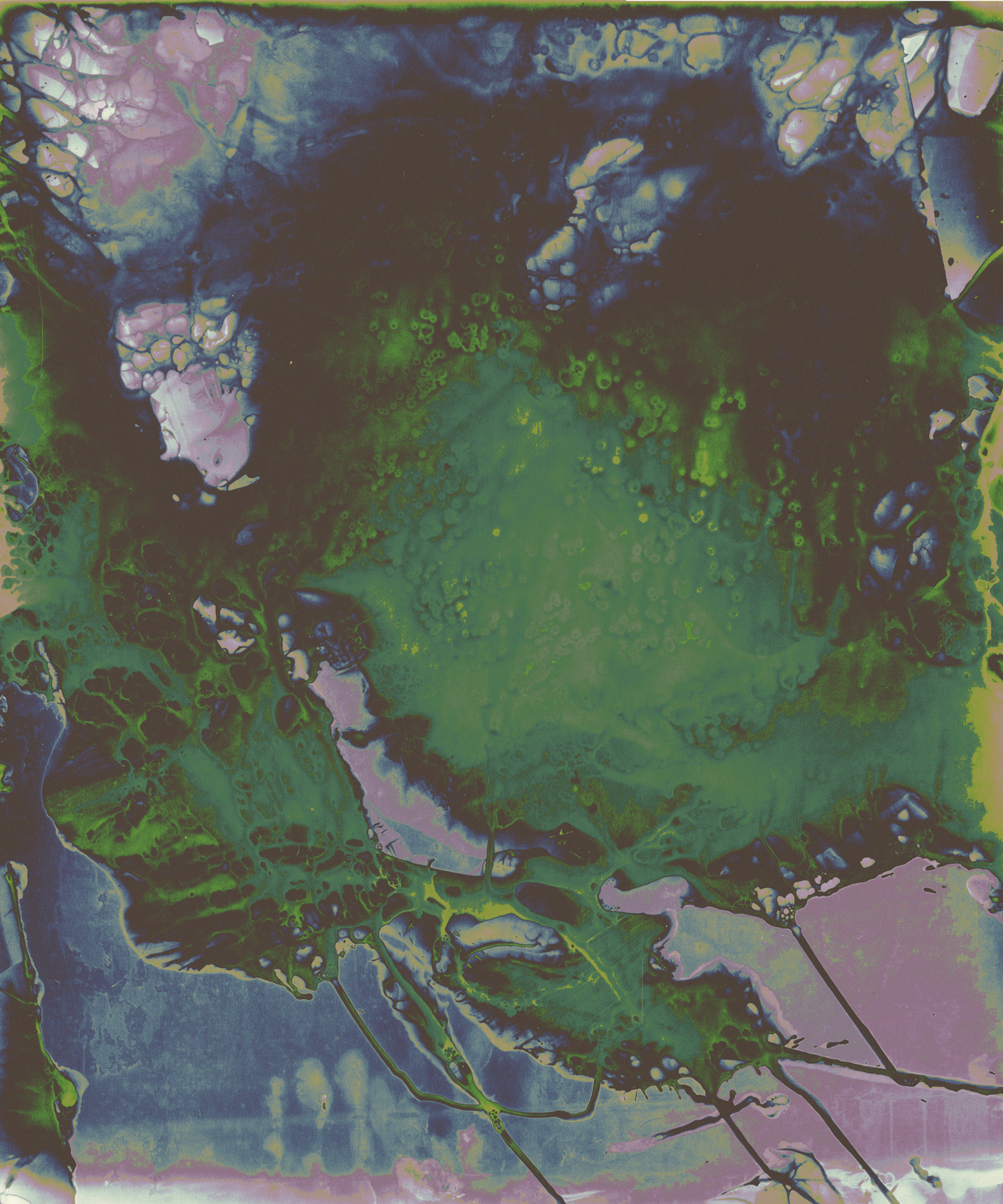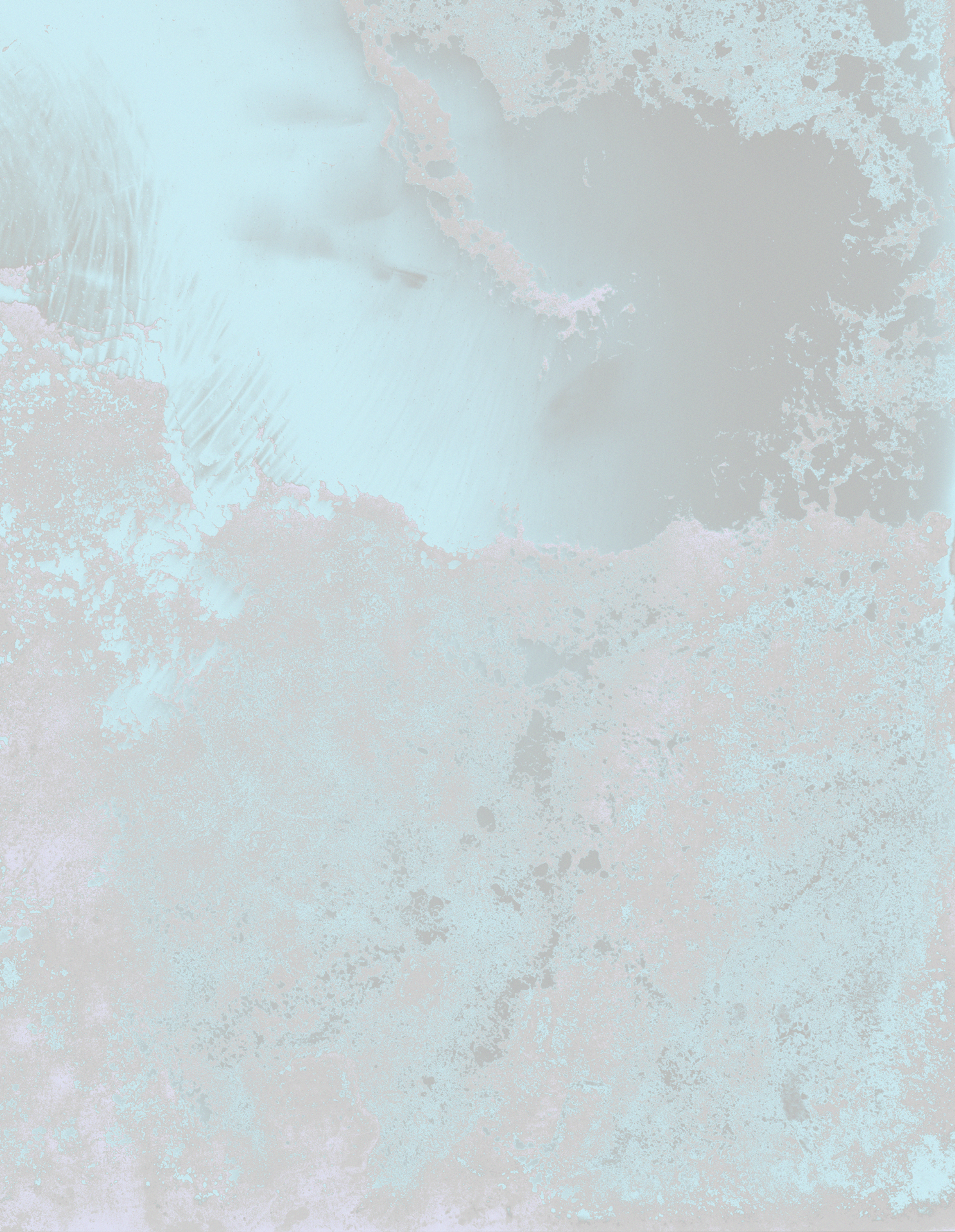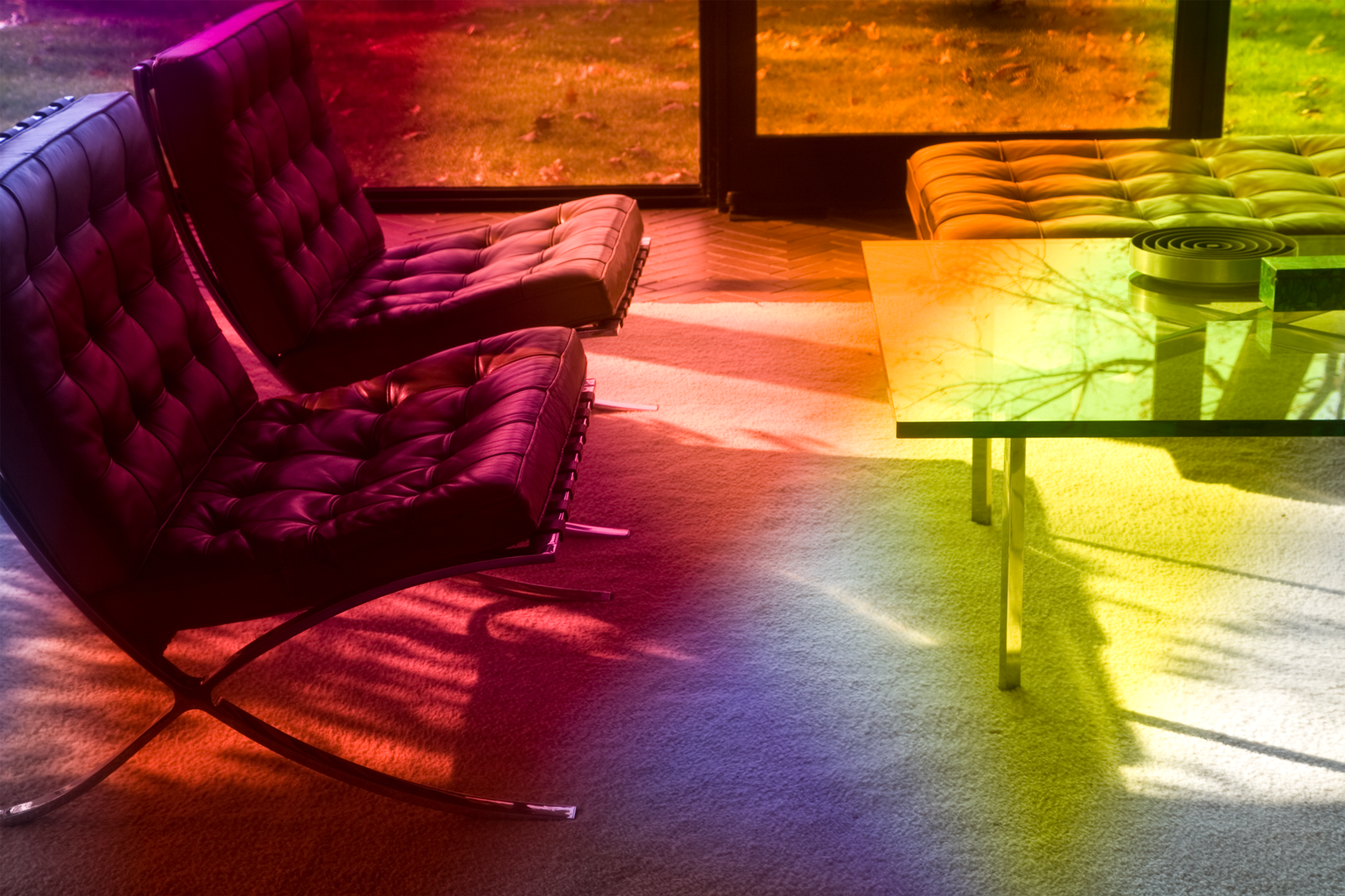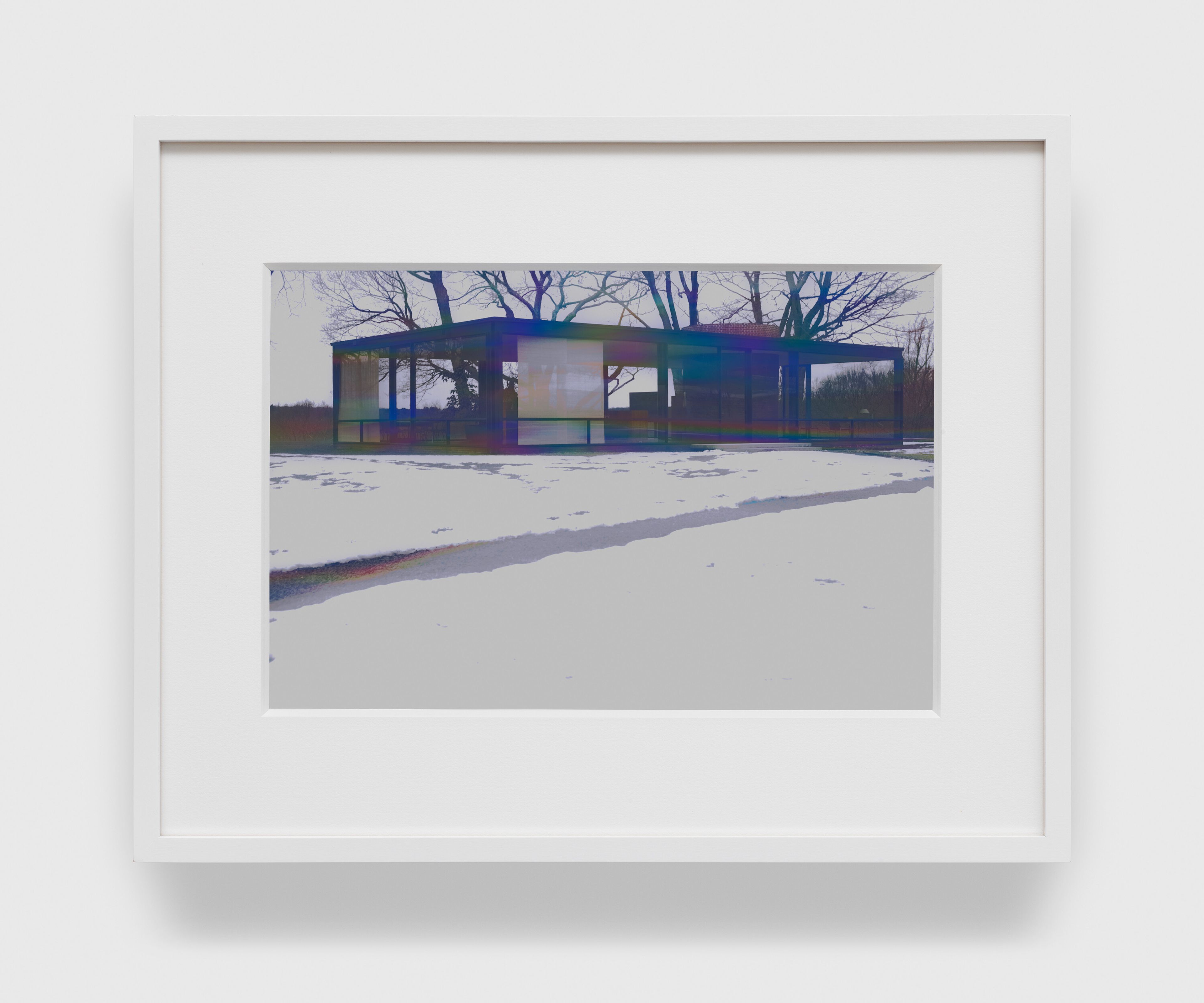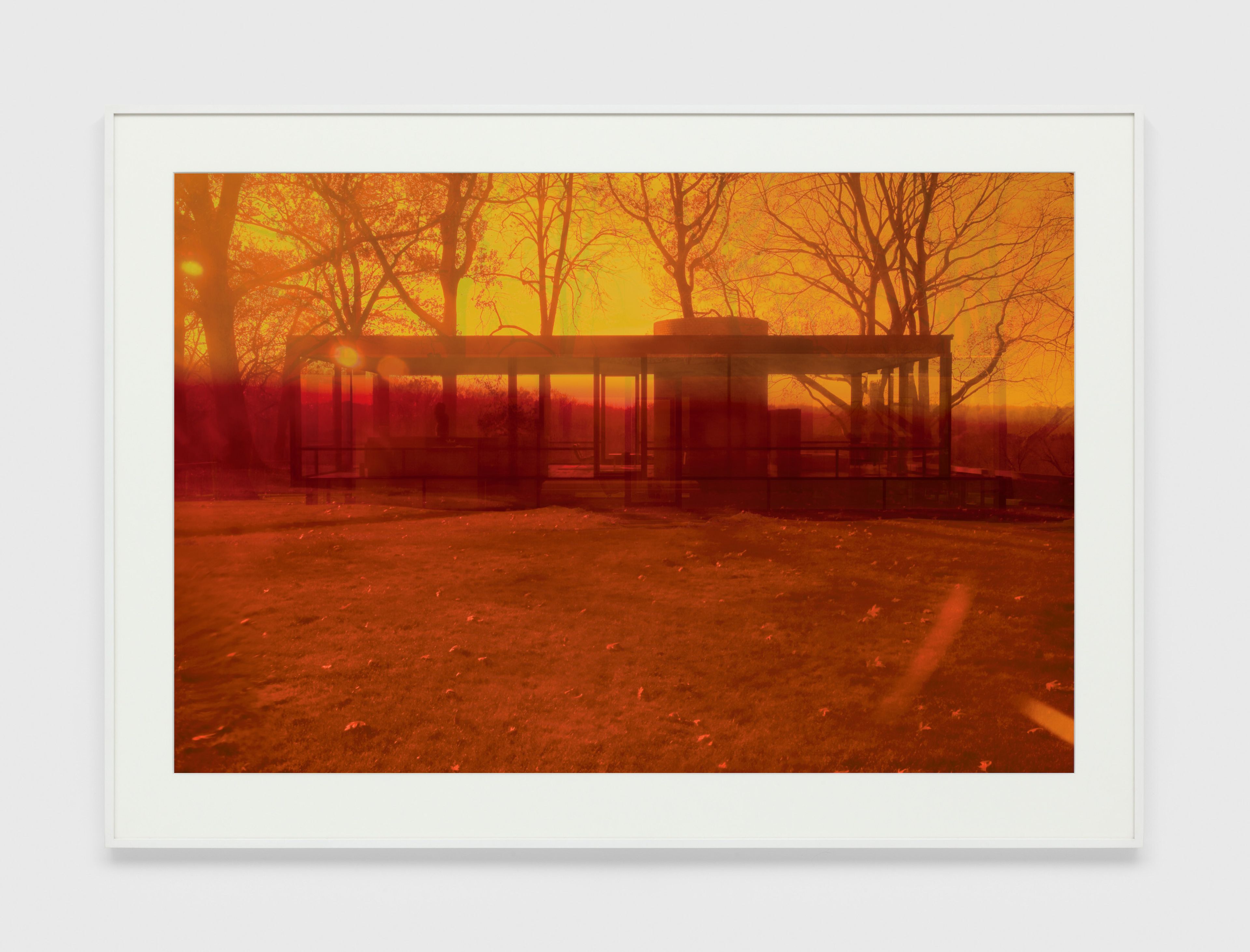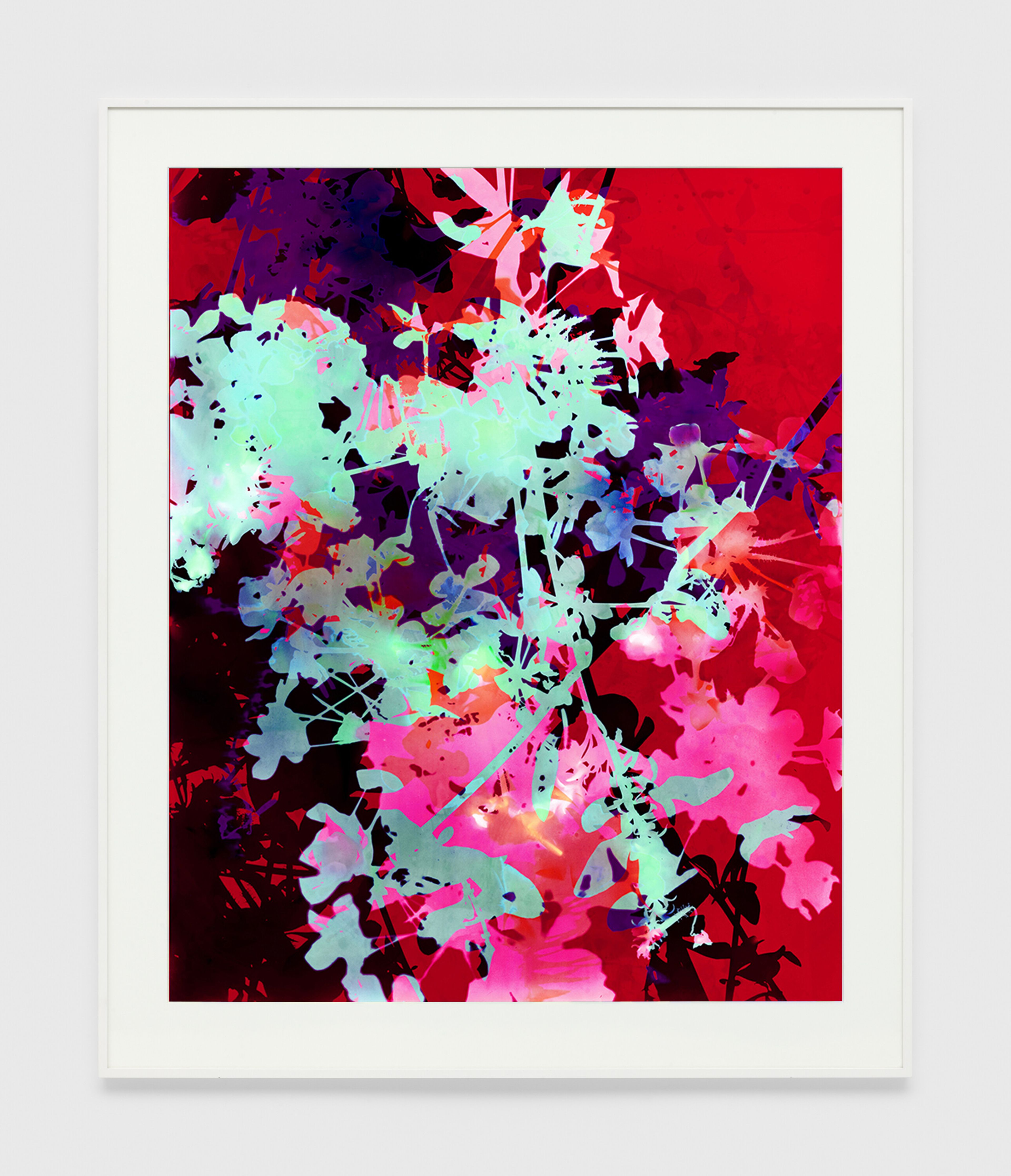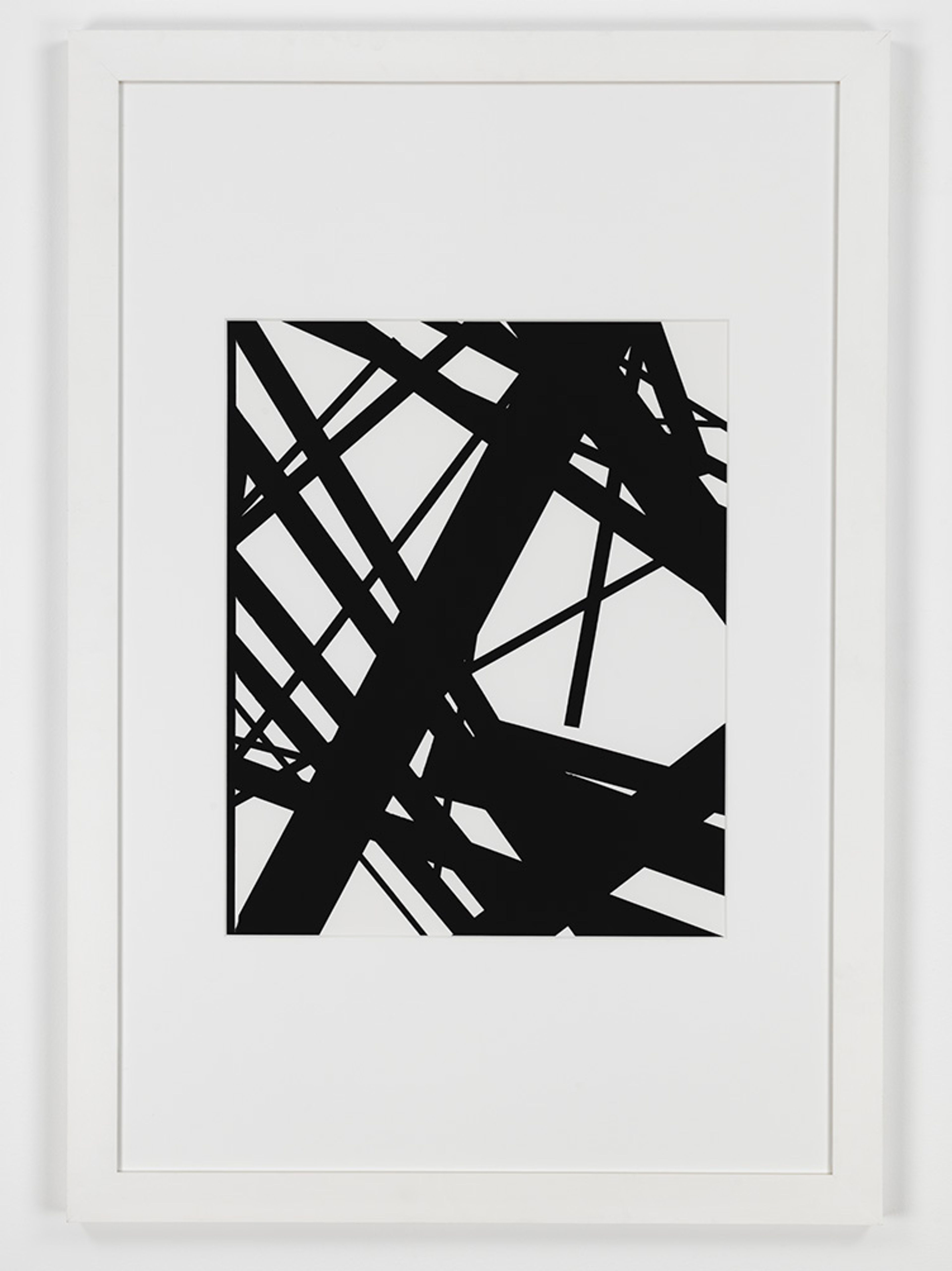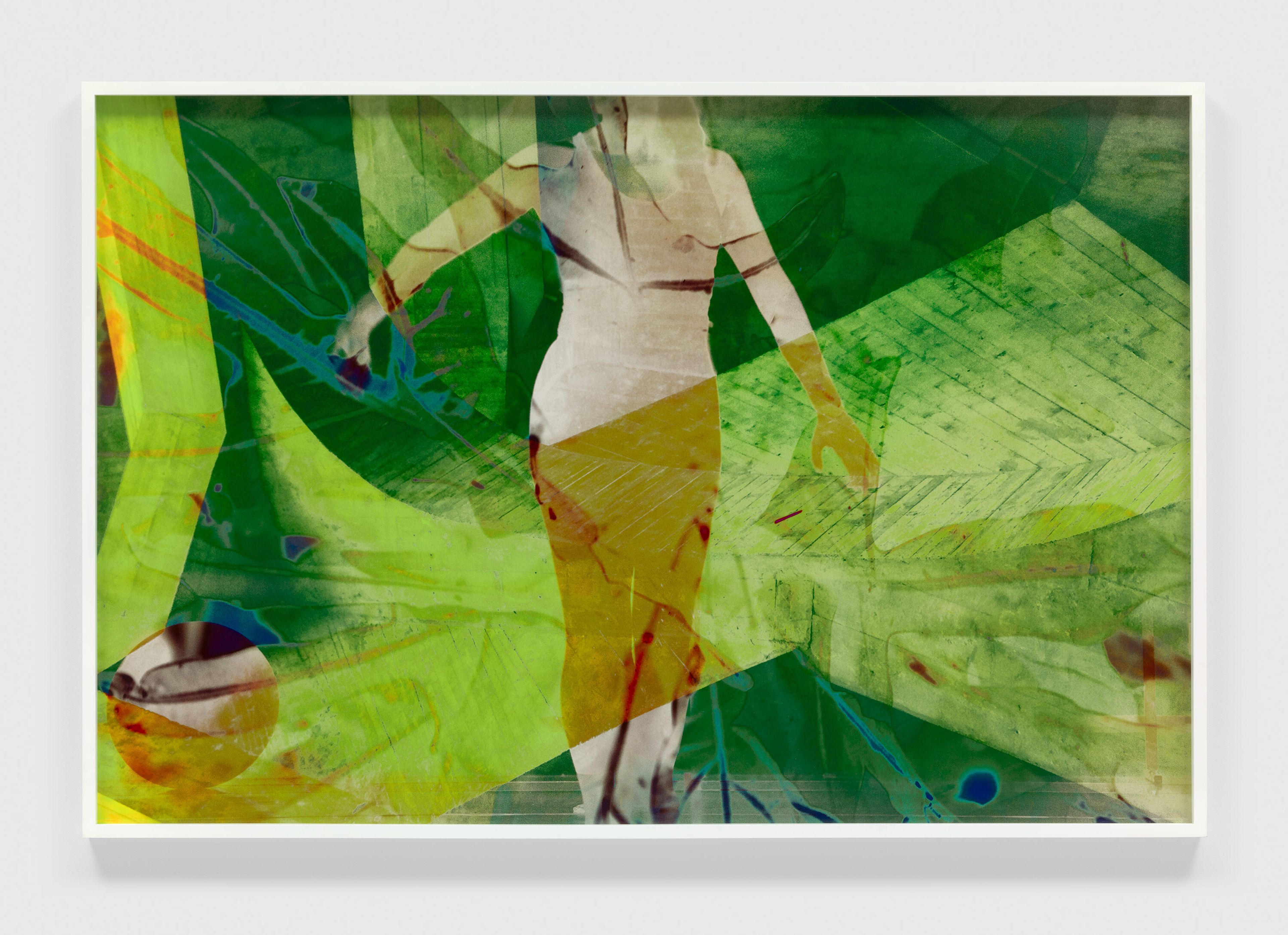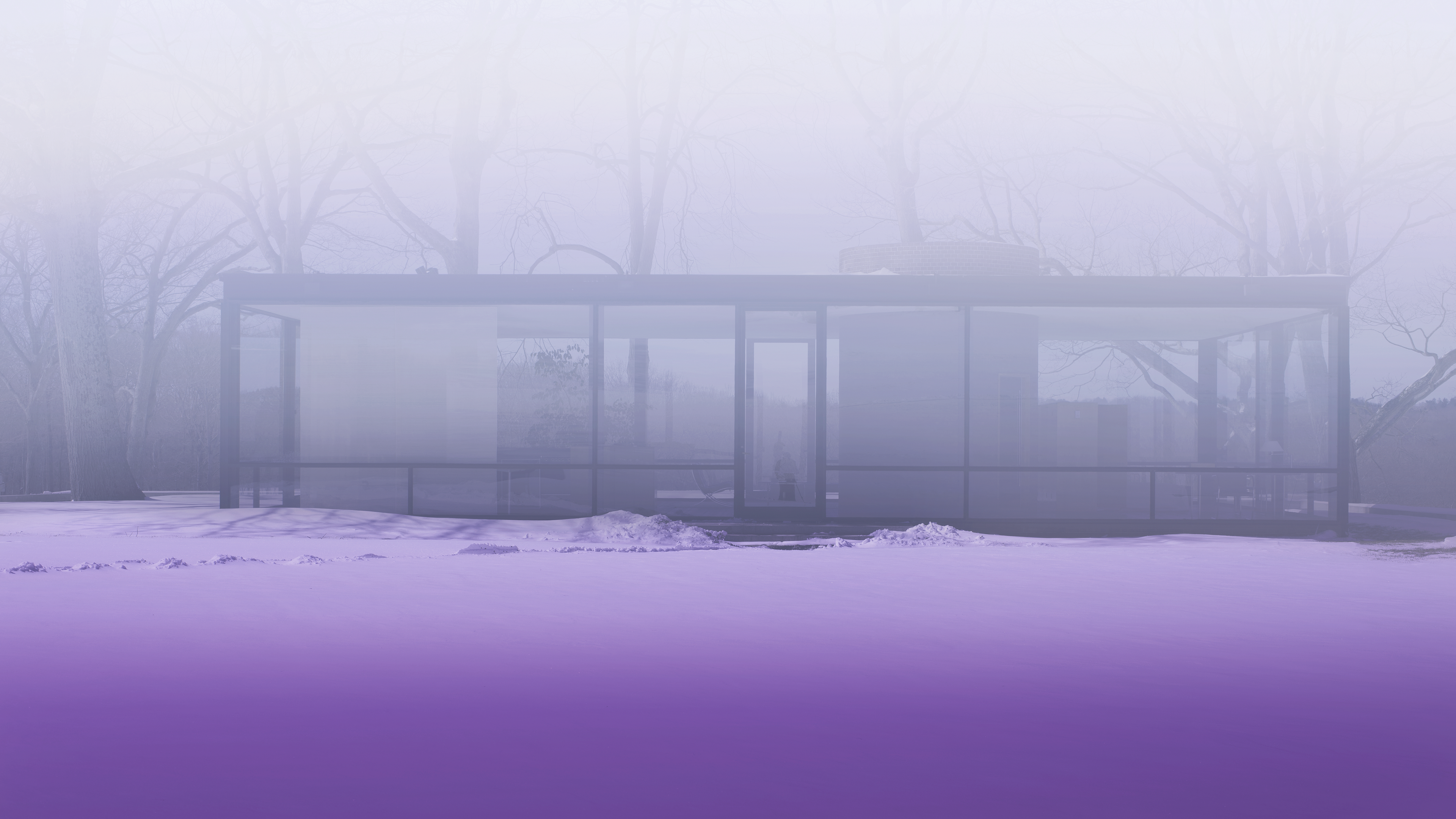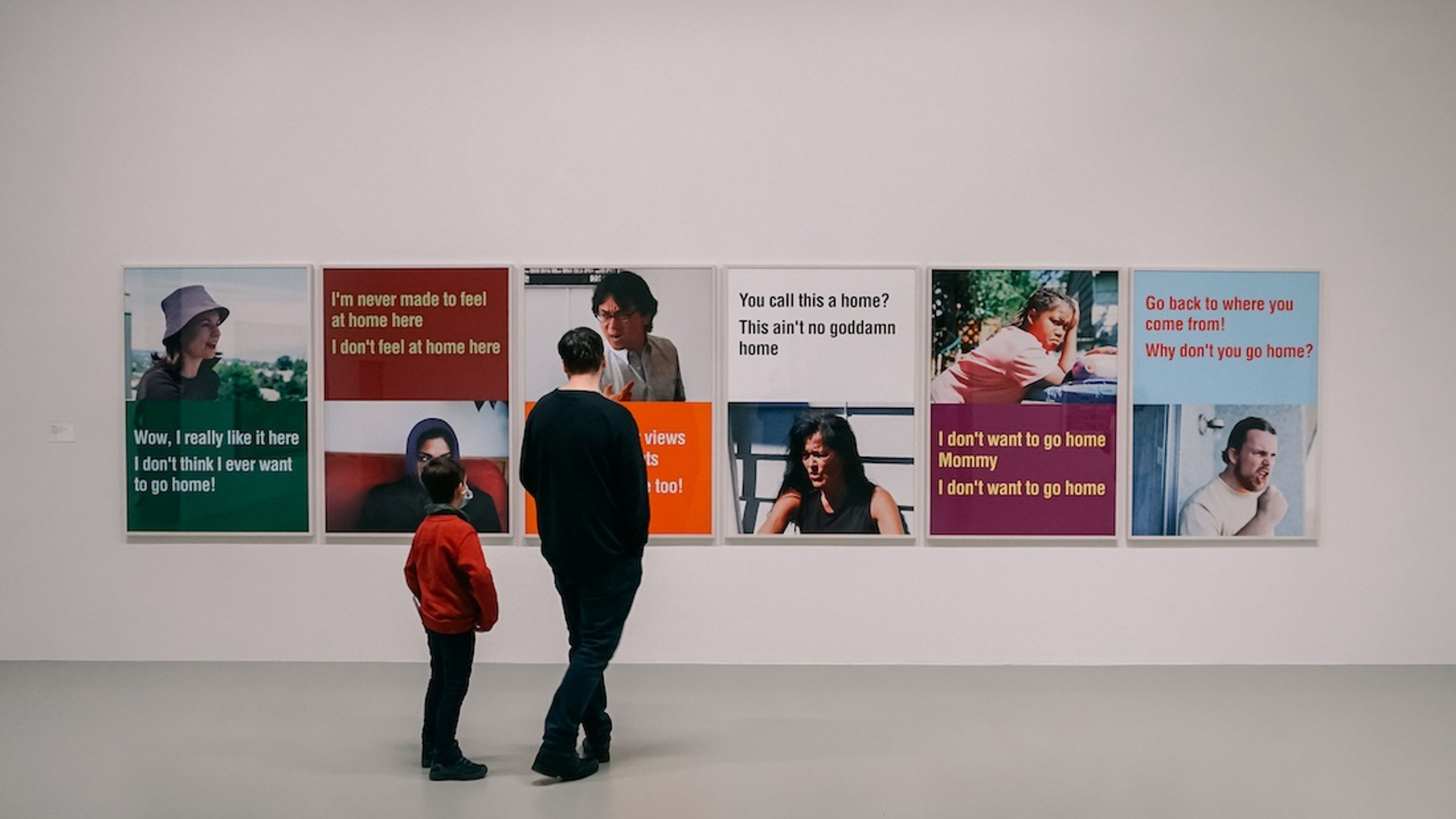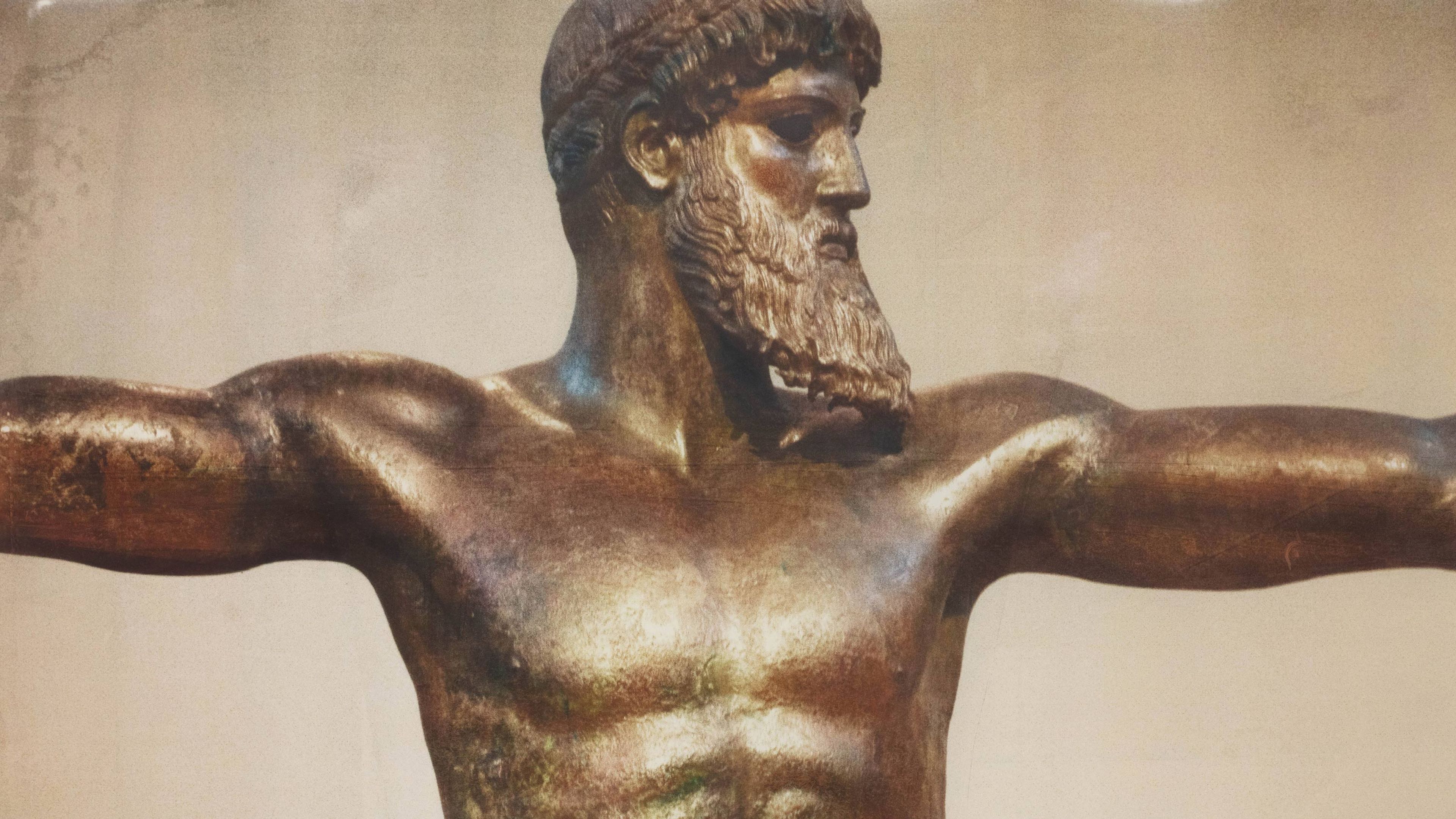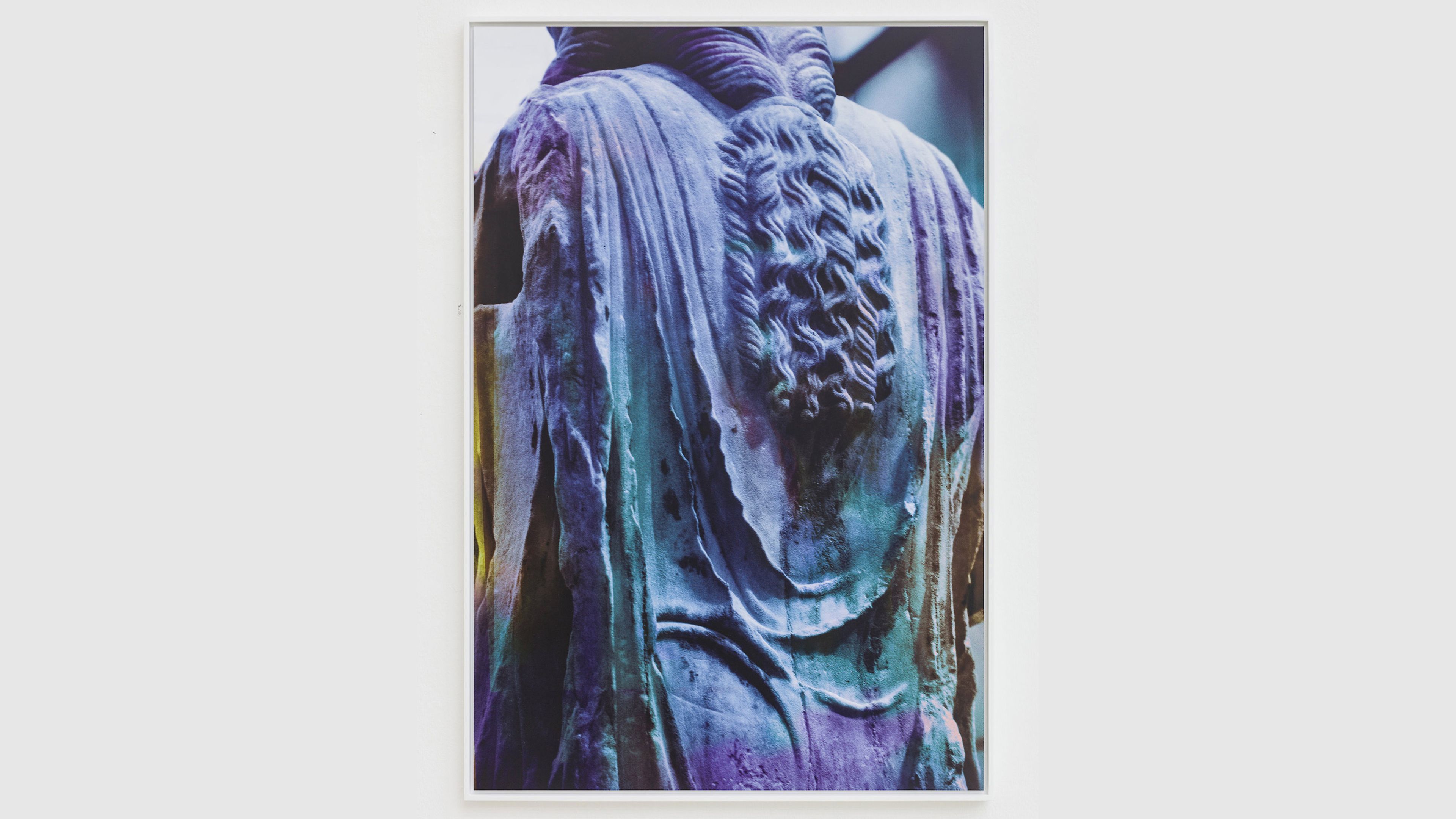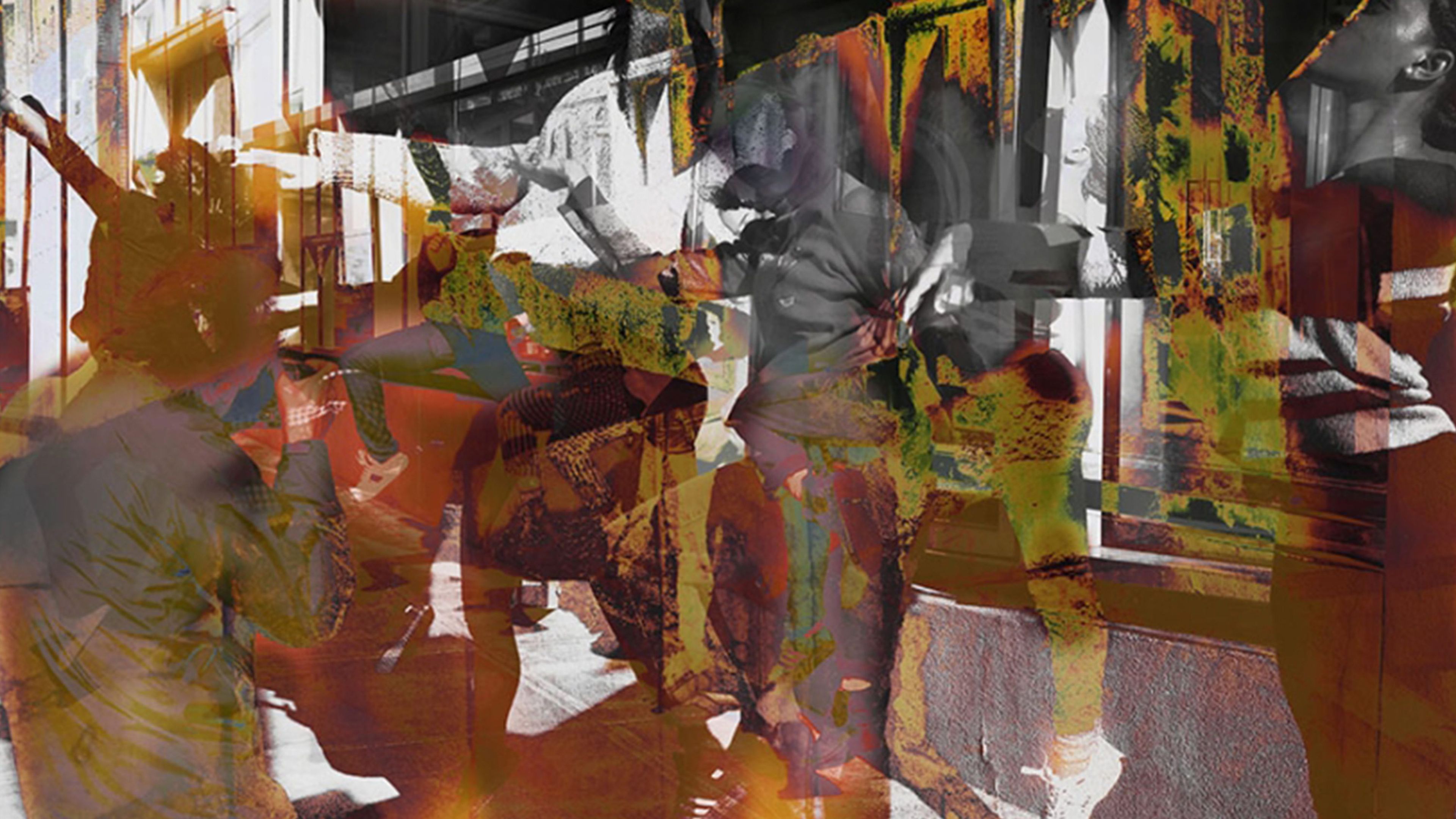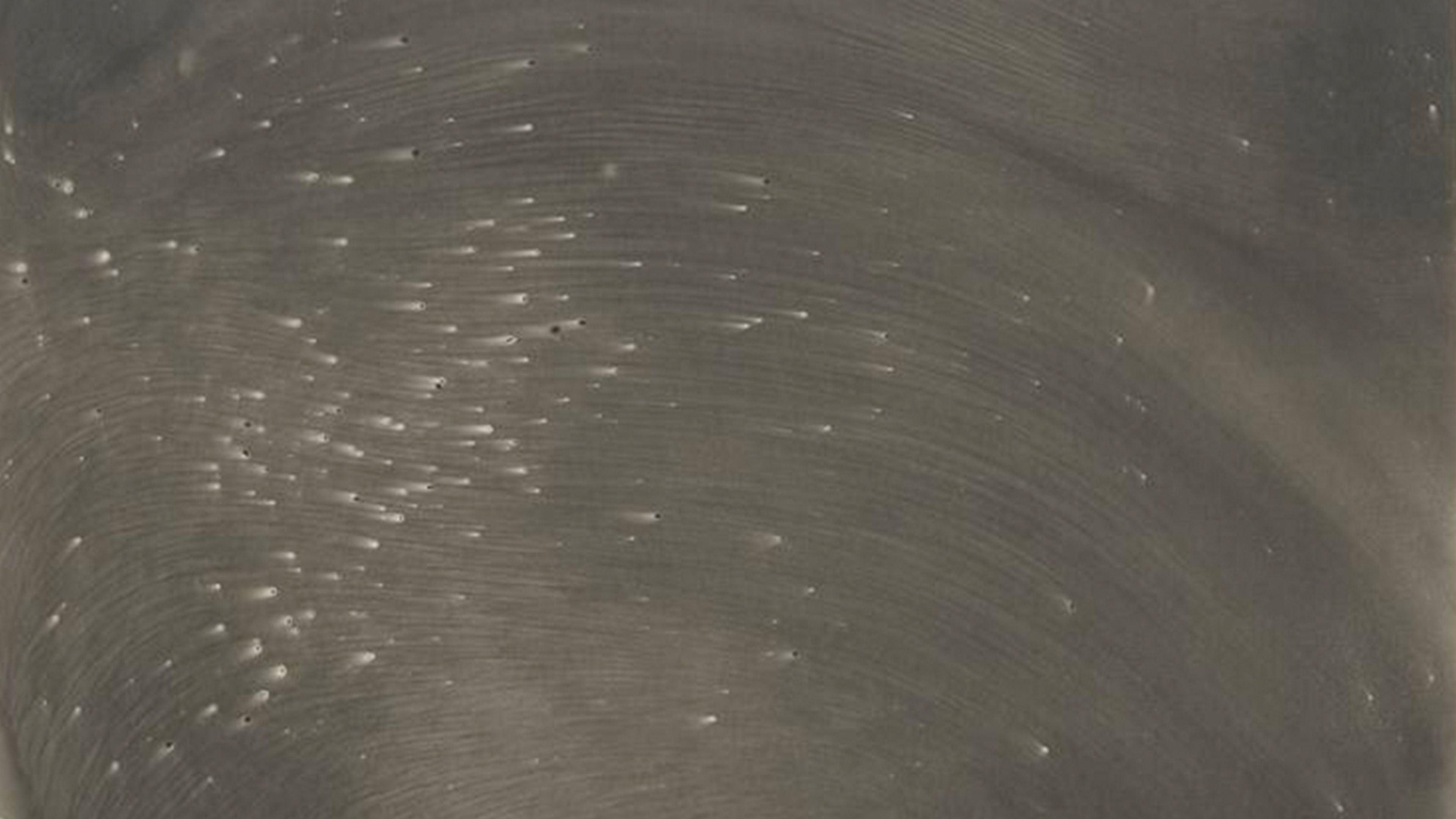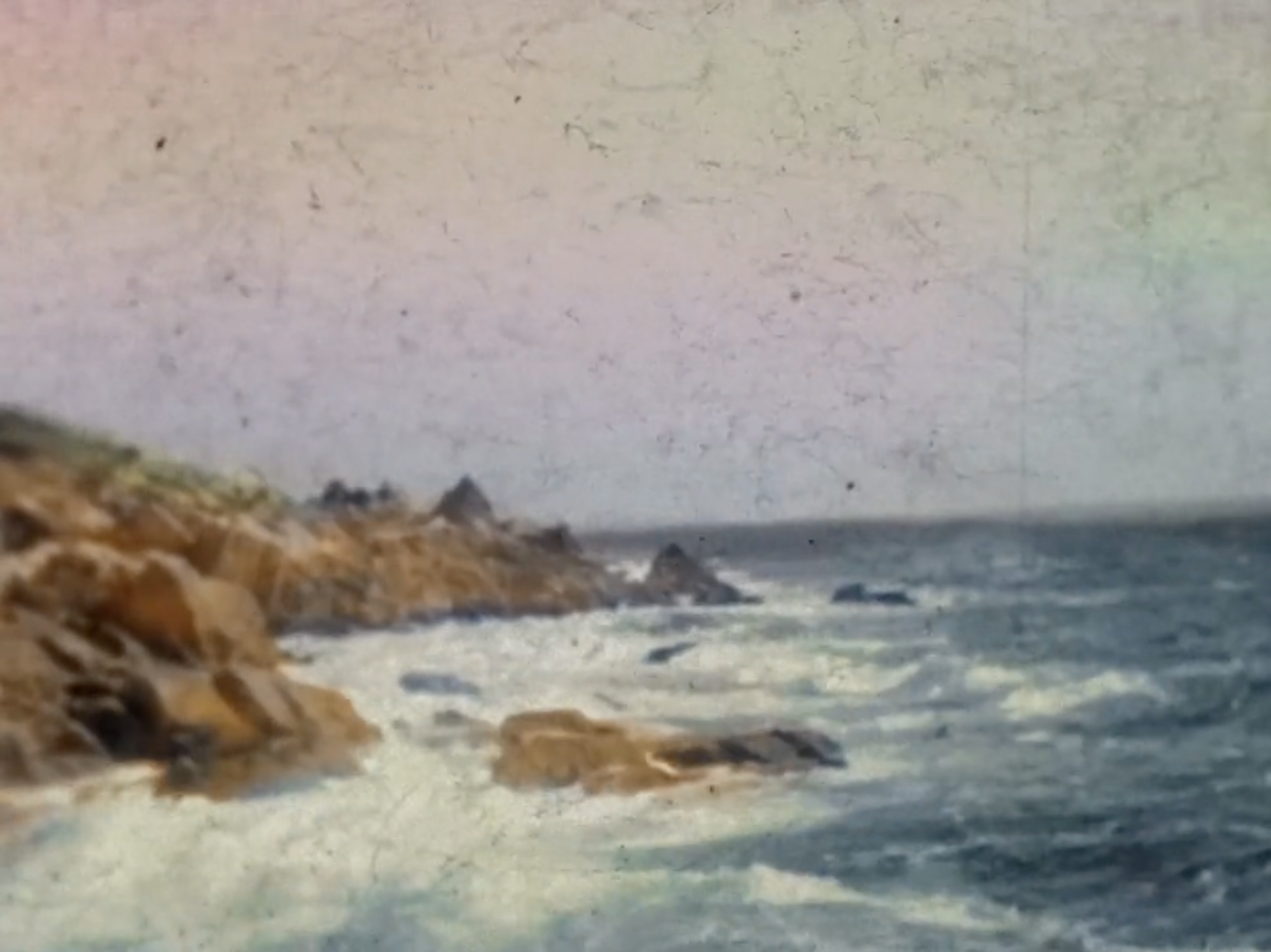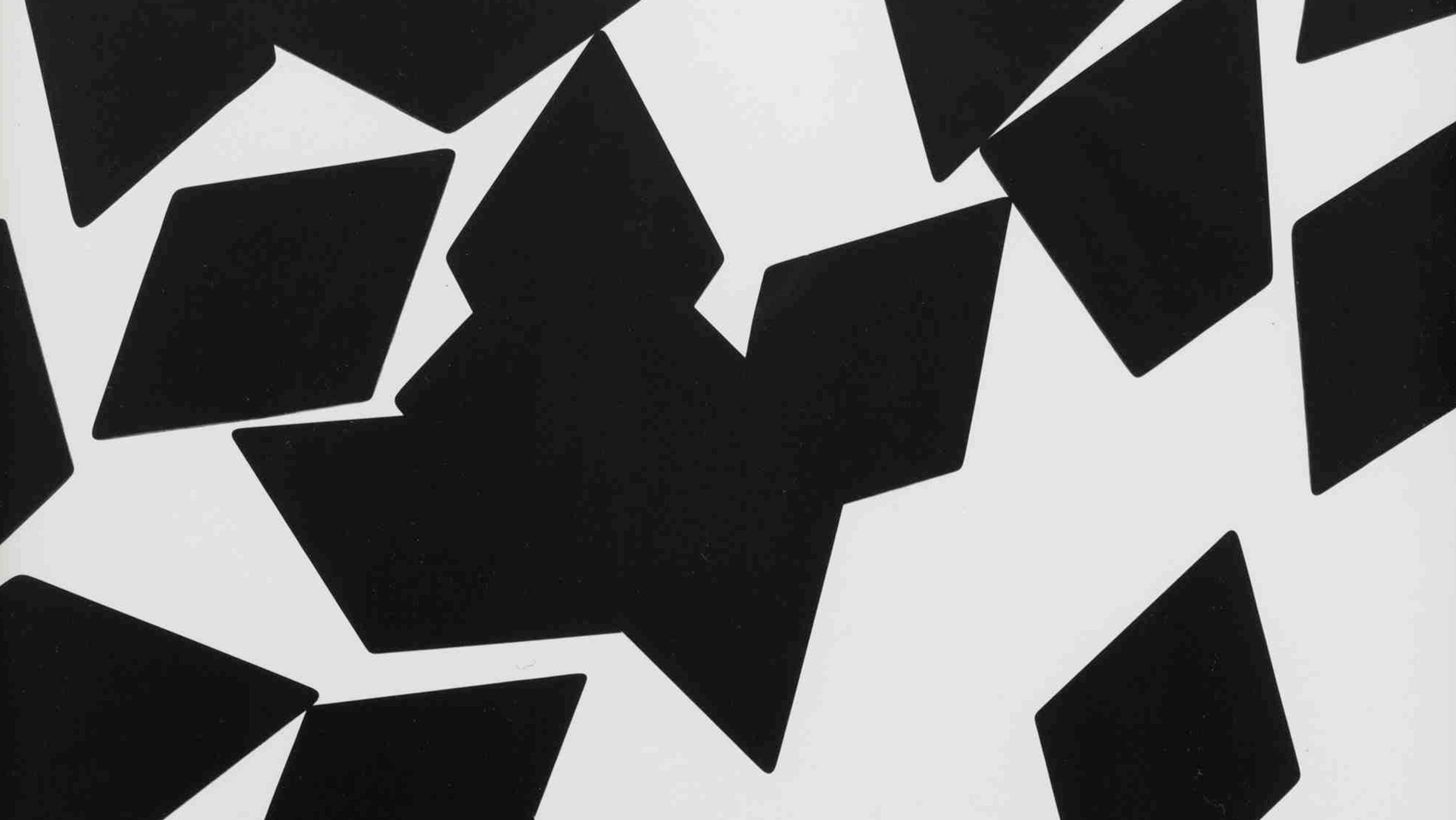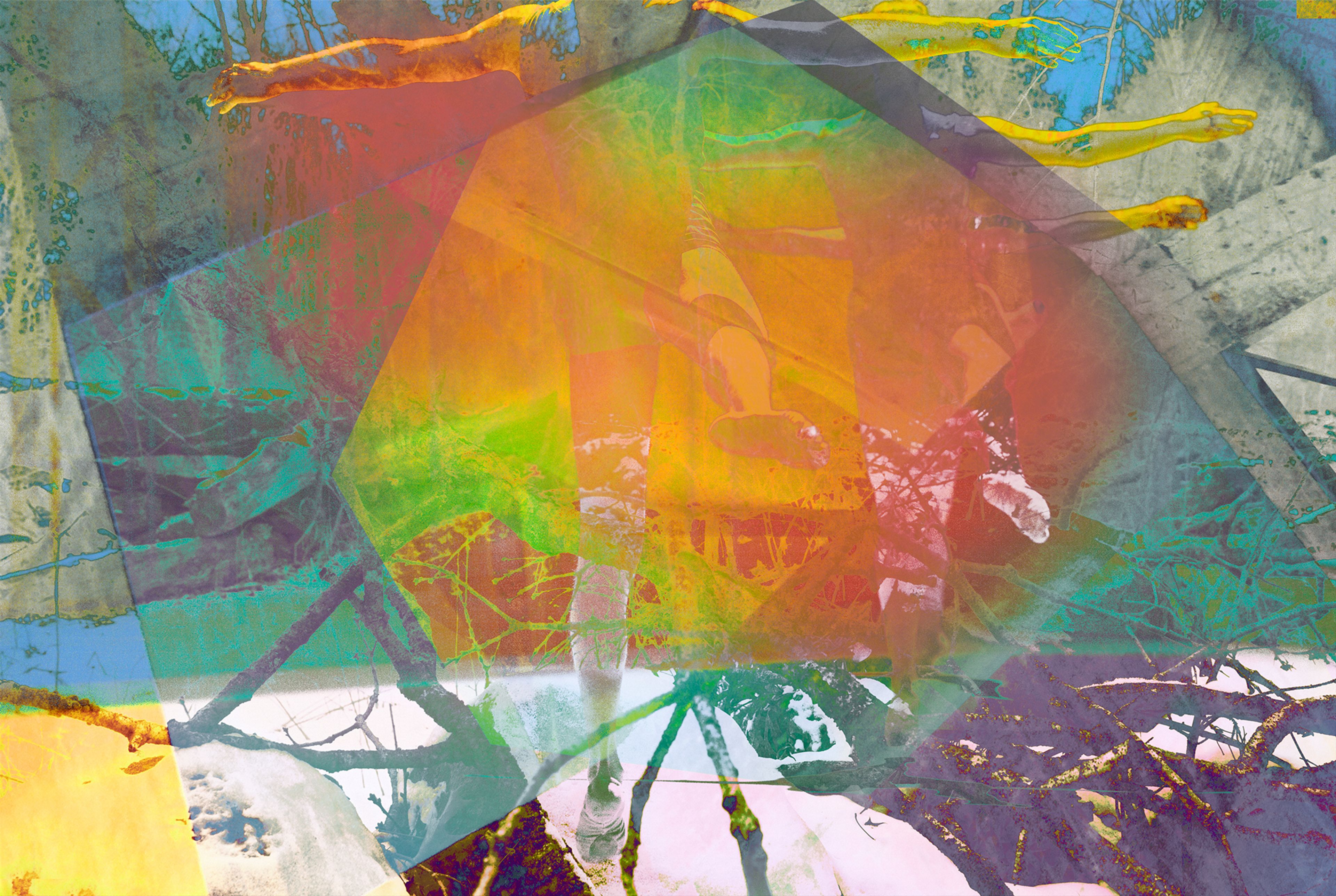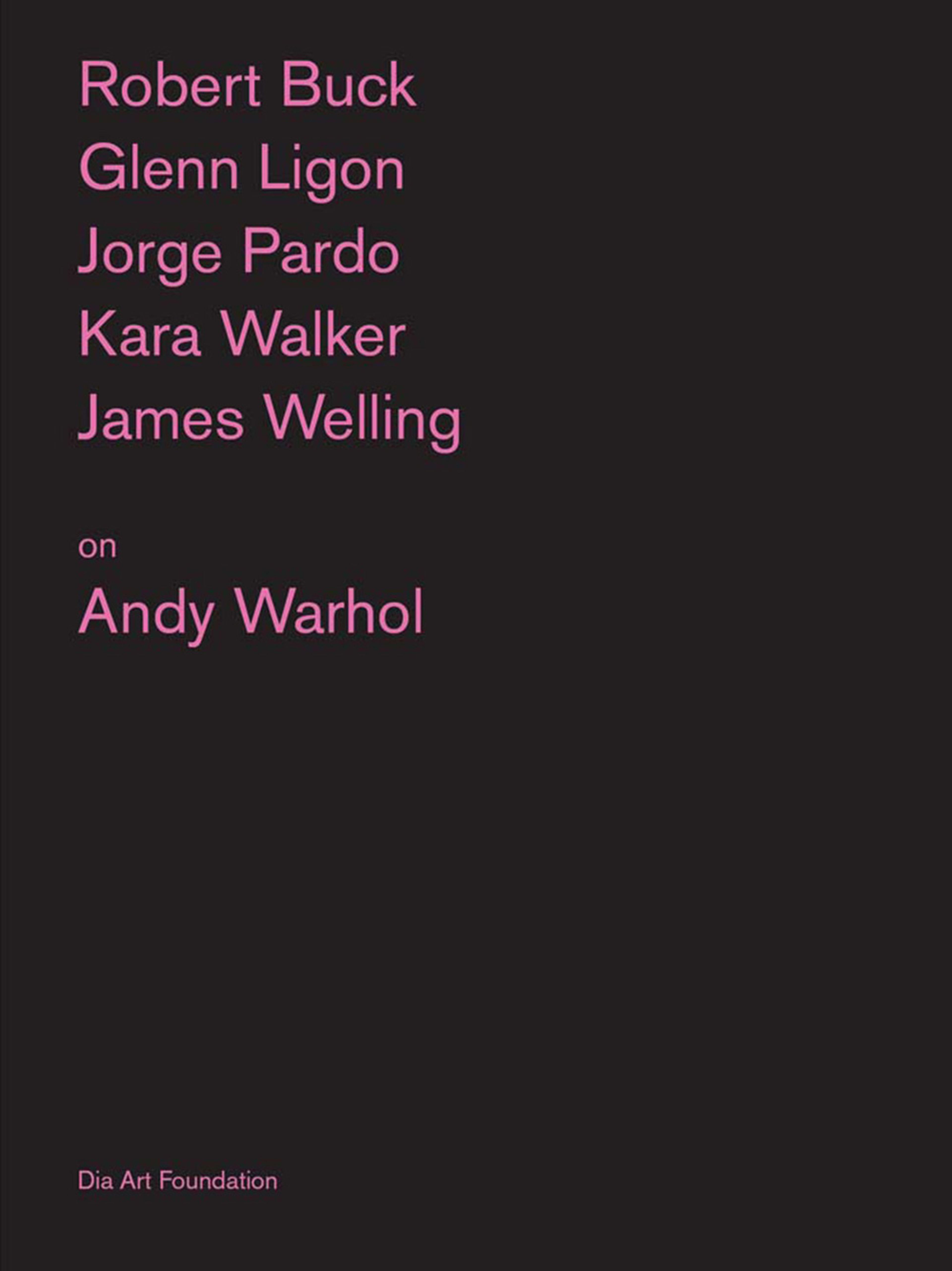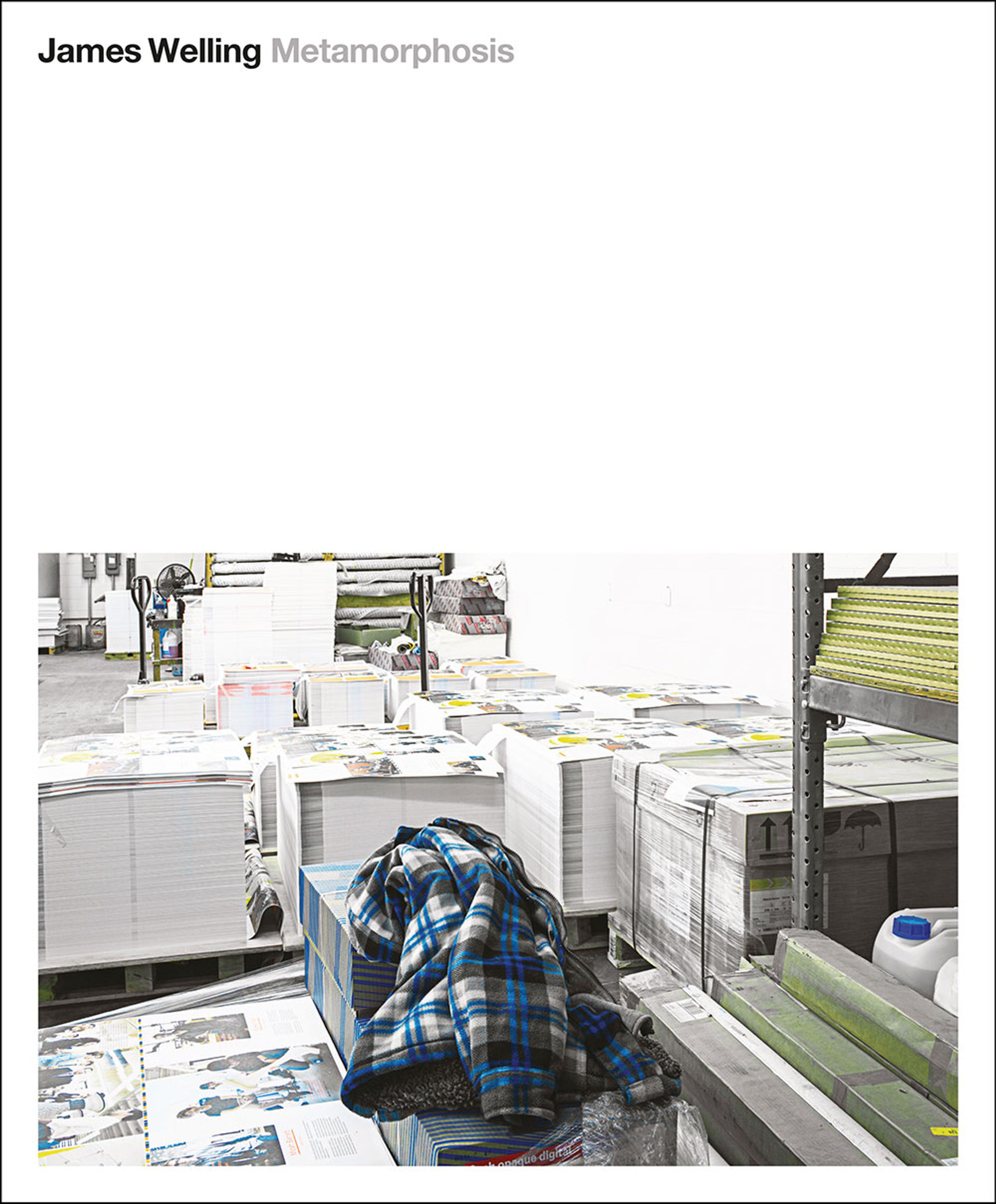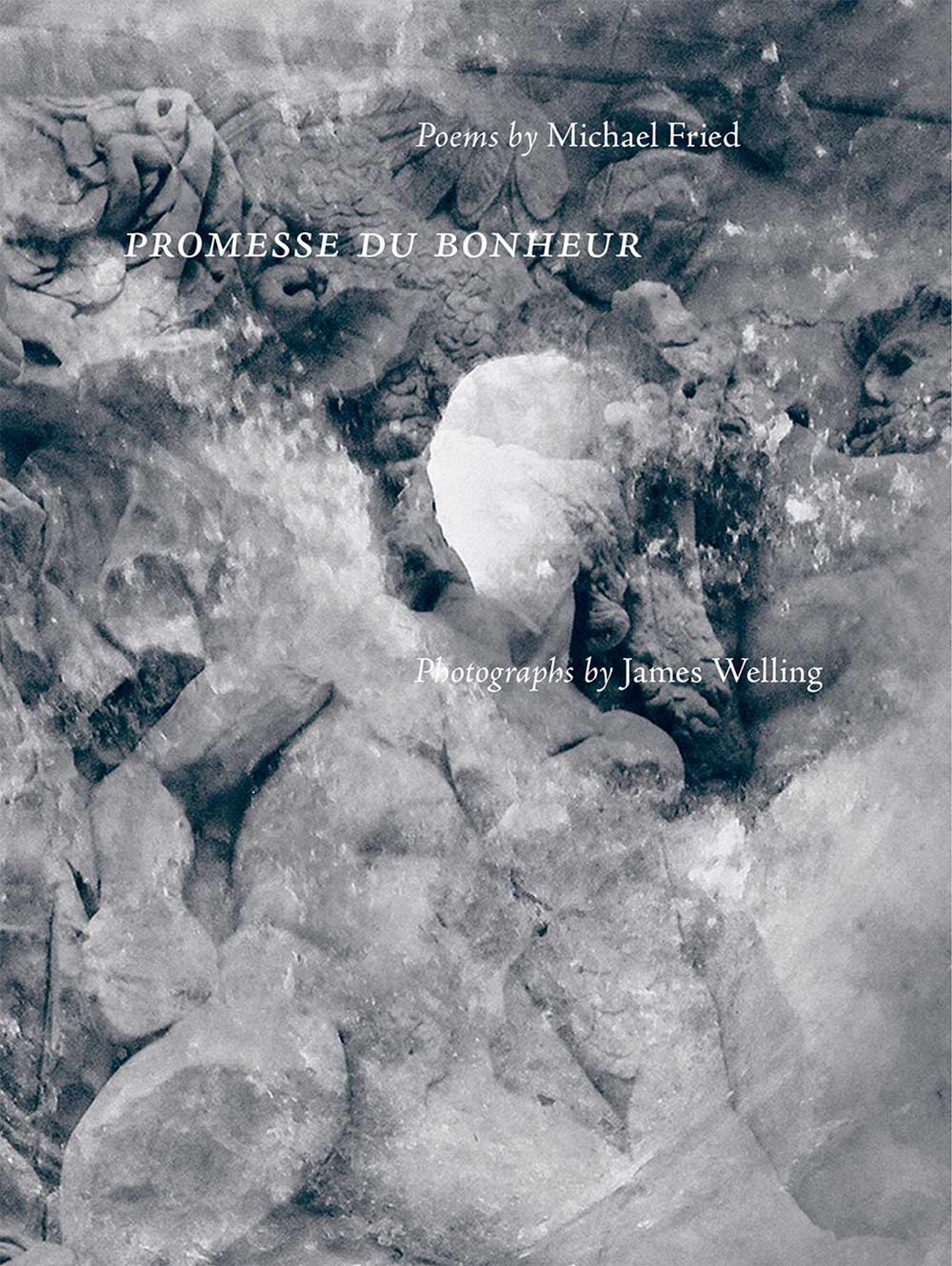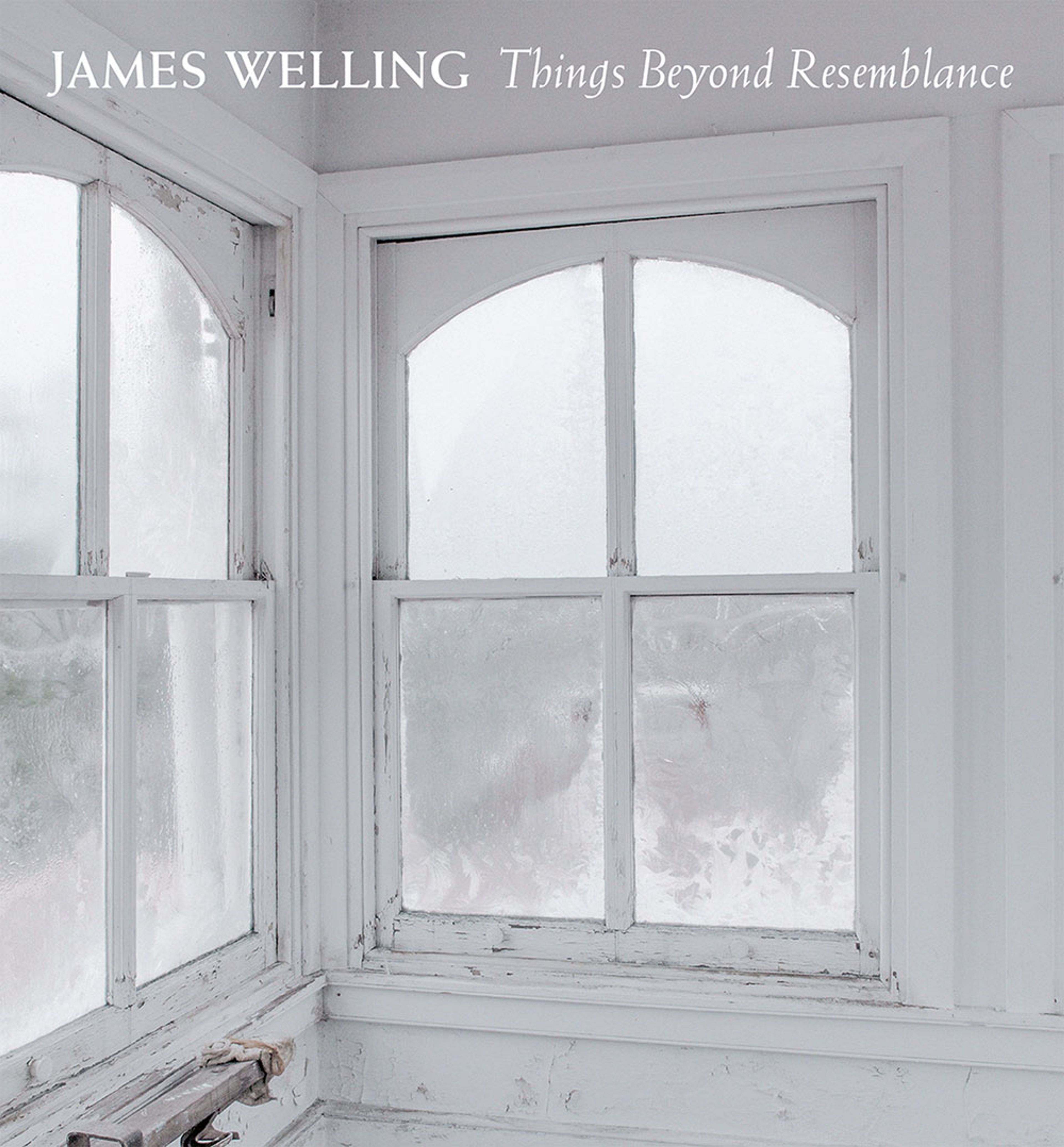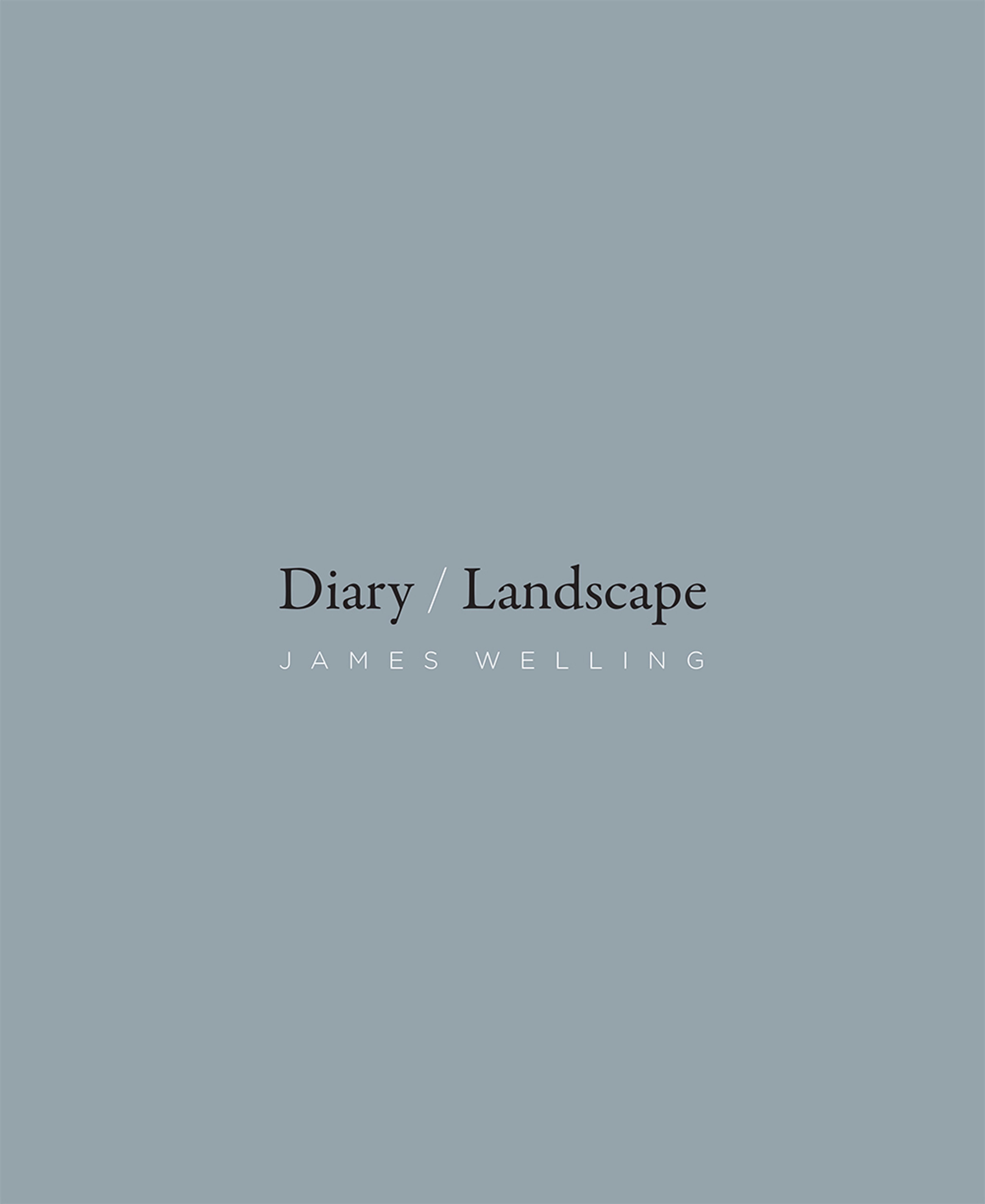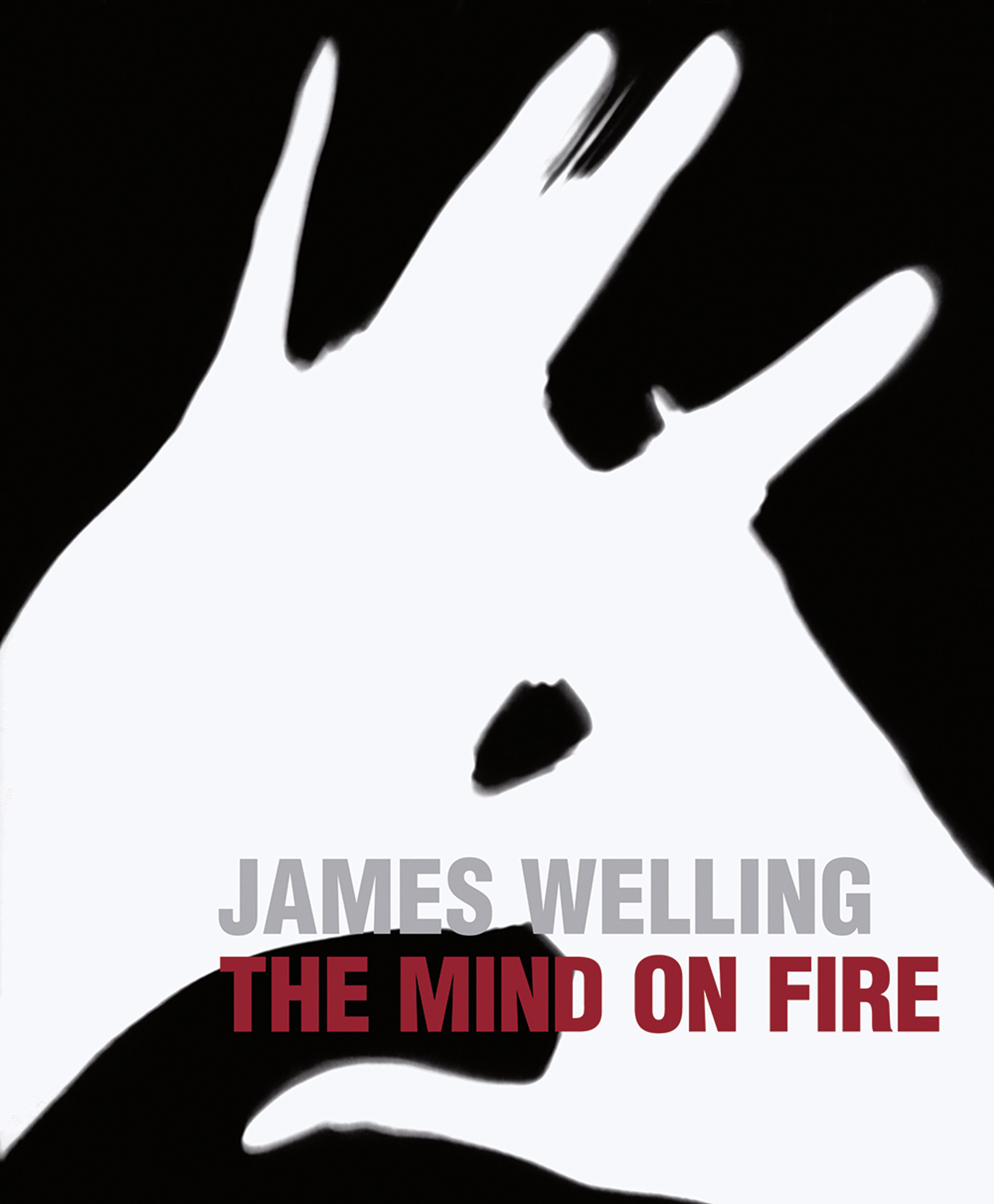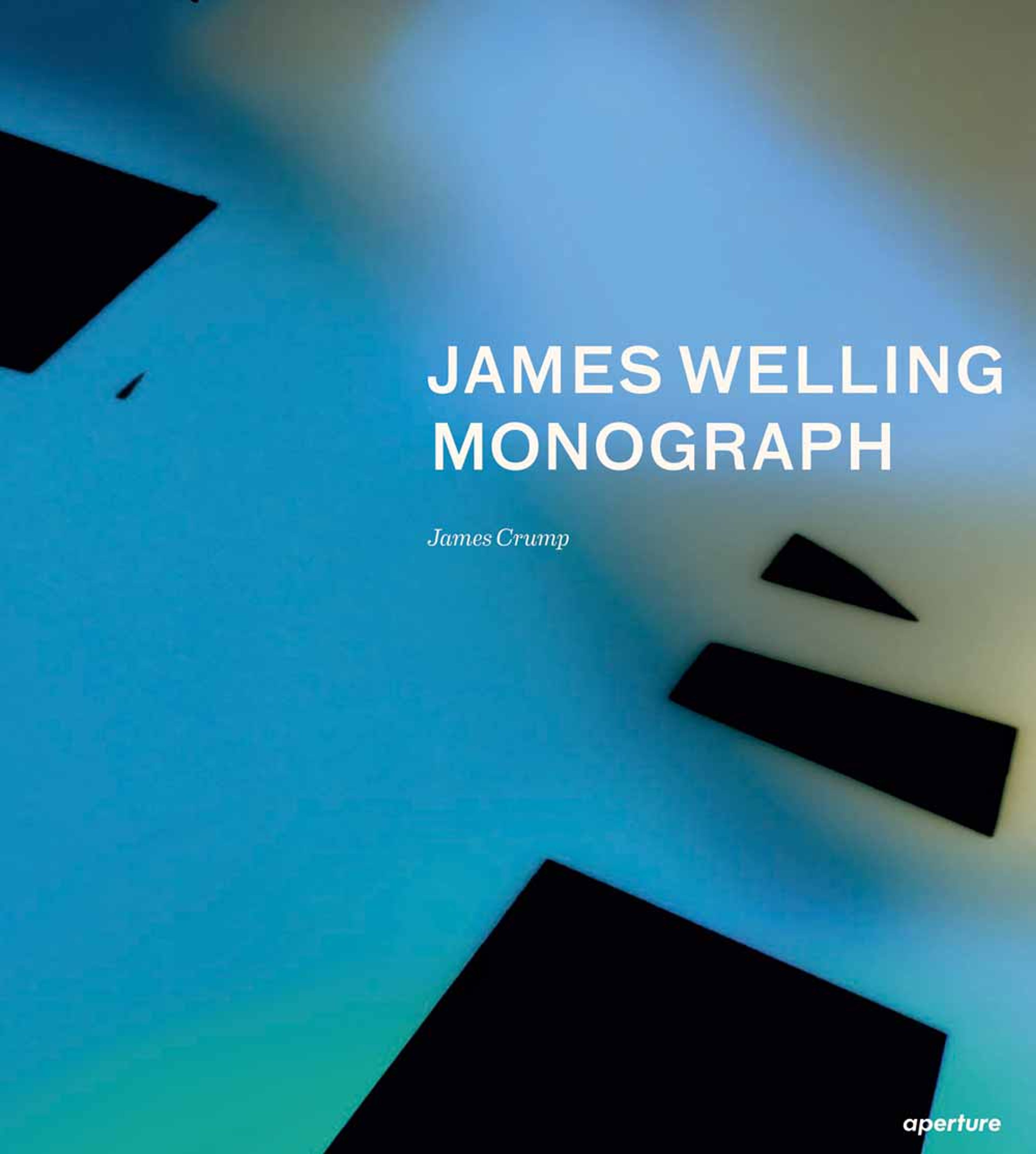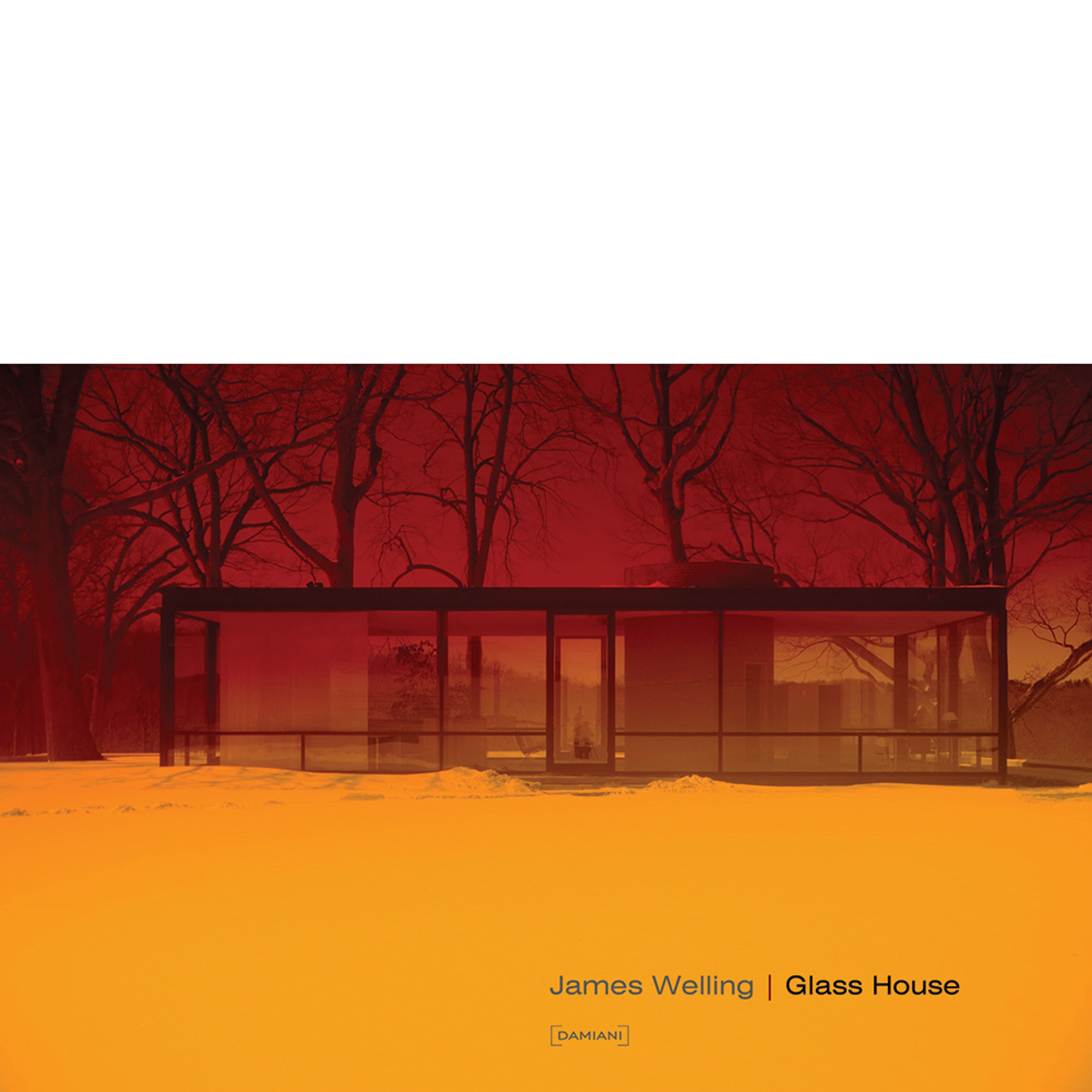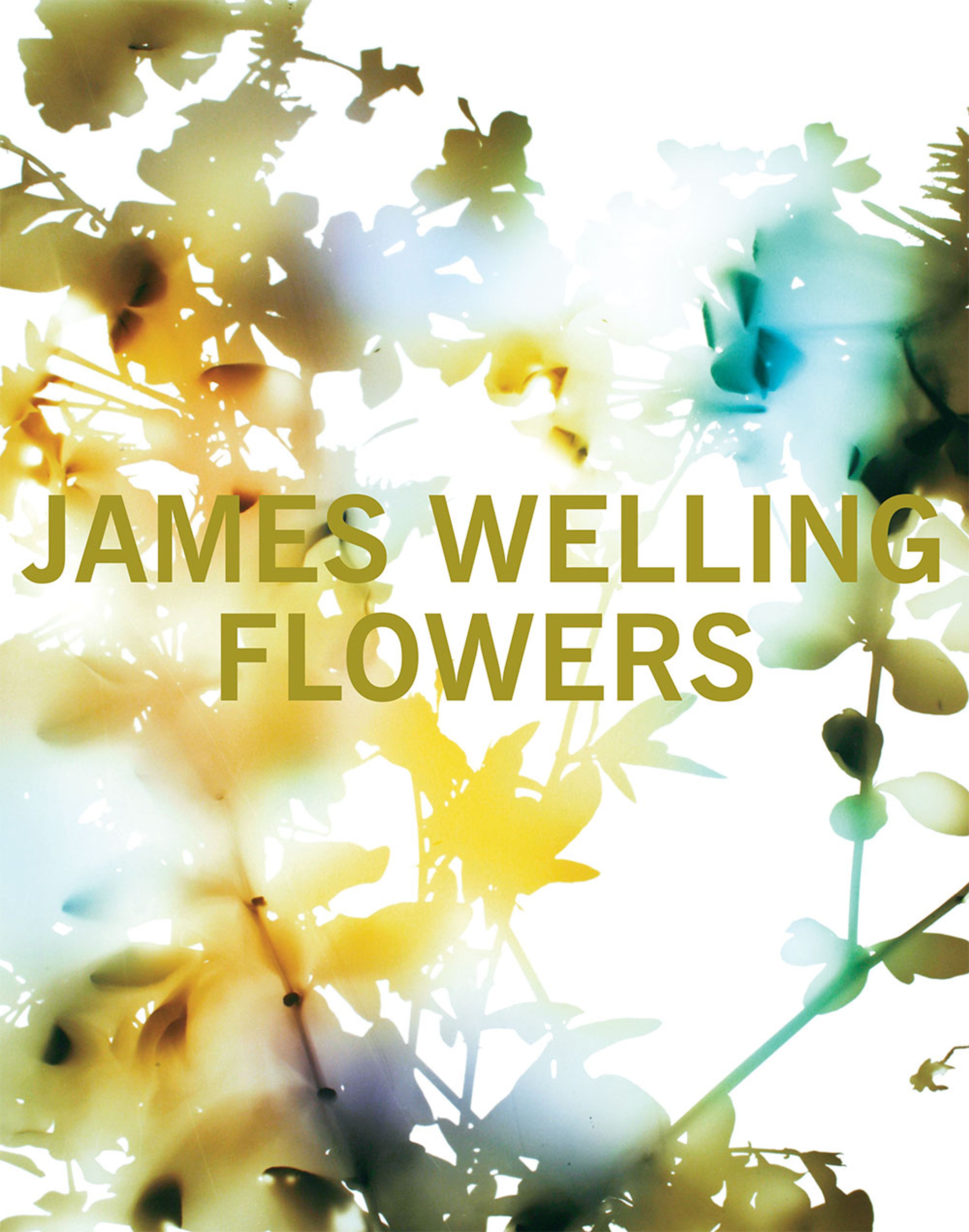James Welling
Since the 1970s, American photographer James Welling (b. 1951) has become known for a relentlessly evolving body of images that considers both the history and technical specificities of photography. Emerging at a time when the medium focused on its capacity for mimesis, Welling’s work signaled a break with traditional ideas of photography by shifting attention to the construction of images themselves.
Learn MoreSurvey
Available Artworks
Exhibitions

Explore Exhibitions
Artist News
Biography
Since the 1970s, when he was a student at the California Institute of the Arts, American photographer James Welling (b. 1951) has become known for a relentlessly evolving body of images that considers both the history and technical specificities of photography. Emerging at a time when the medium focused on its capacity for mimesis, Welling’s work signaled a break with traditional ideas of photography by shifting attention to the construction of images themselves. While the artist produces discrete series whose subject matter ranges widely, his work is united by an examination of what might be termed “states of being” produced by photographically derived images and how such states are, in turn, read by the viewer.
Welling was born in Hartford, Connecticut. He studied at Carnegie Mellon University, Pittsburgh, and the University of Pittsburgh before receiving his BFA and MFA from the California Institute of the Arts in Valencia.
In 2022, Dark Matter, a two-person exhibition featuring the work of Welling and Thomas Ruff, was on view at the Kunsthalle Bielefeld, Germany. Cento, an exhibition focusing on Welling’s recent work on architecture and ancient Greek and Roman statuary, was presented at Musée des Arts Contemporains, Hornu, Belgium, in 2021. In 2020, Choreograph was on view at the George Eastman Museum in Rochester, New York. In 2017, the Stedelijk Museum voor Actuele Kunst (S.M.A.K.) in Ghent, Belgium, and the Kunstforum Wien in Vienna co-organized Metamorphosis, a traveling solo presentation encompassing the artist’s work from over four decades. Things Beyond Resemblance, a solo exhibition hosted in 2015 by the Brandywine River Museum of Art in Chadds Ford, Pennsylvania, presented fifty photographs from the artist’s Wyeth project. The museum also commissioned Welling to create eight site-specific installations, Gradients, which explore the intersection of photography and sculpture. In 2013, a major survey, Monograph, was organized by the Cincinnati Art Museum and accompanied by a catalogue published by Aperture. The exhibition traveled to the Hammer Museum in Los Angeles. In 2012, The Mind on Fire at MK Gallery in Milton Keynes, England, explored the origin and development of Welling’s abstract photographs from the 1980s. The show traveled to the Centro Galego de Arte Contemporánea in Santiago de Compostela, Spain, and the Contemporary Art Gallery in Vancouver.
Welling’s work has been exhibited widely in the United States and internationally, including solo exhibitions at the Art Institute of Chicago (2014); Fotomuseum Winterthur, Switzerland (2013); Wadsworth Atheneum Museum of Art, Hartford, Connecticut (2012); Minneapolis Institute of Arts, Minnesota (2010); Palais des Beaux-Arts, Brussels (2002); Art Gallery of York University, Toronto (2002); Sprengel Museum Hannover (1999); Carnegie Museum of Art, Pittsburgh (1998); and the Kunstmuseum Luzern, Switzerland (1998). In 2000, the Wexner Center for the Arts, Columbus, Ohio, organized a major survey of his work, which traveled to the Museum of Contemporary Art, Los Angeles, and the Baltimore Museum of Art. In 1990, the artist’s first museum exhibition was presented by Kunsthalle Bern.
In 1999, Welling received the DG BANK-Förderpreis Fotografie from the Sprengel Museum Hannover, Germany. He was a recipient of the 2014 Infinity Award given by the International Center of Photography, New York, and in 2016 he received the Julius Shulman Institute Excellence in Photography Award from Woodbury University, Burbank, California. From 1995 to 2016, Welling was Professor in the Department of Art and Area Head of Photography at the University of California, Los Angeles, and since 2012 he has been a Lecturer with the Status of Professor in the Visual Art Program at the Lewis Center at Princeton University. In 2024, he was a Photographer in Residence at the American Academy in Rome.
The artist has been represented by David Zwirner since 2005, and in that time has had nine shows with the gallery, including the recent exhibitions Transform, on view in New York in 2019; and Metamorphosis, which was presented at the gallery’s Hong Kong location in 2021, marking the artist’s first solo exhibition in greater China. Welling's tenth solo exhibition, Thought Objects, was on view in New York in January 2024.
Welling’s work is held in major museum collections, including the Centre Pompidou, Paris; Hammer Museum, Los Angeles; Kunstmuseum Wolfsburg, Germany; Los Angeles County Museum of Art; The Metropolitan Museum of Art, New York; Museum of Contemporary Art Chicago; Museum of Contemporary Art, Los Angeles; Museum of Fine Arts, Boston; The Museum of Modern Art, New York; Solomon R. Guggenheim Museum, New York; Tokyo Metropolitan Museum of Photography; Vancouver Art Gallery; Wadsworth Atheneum Museum of Art, Hartford, Connecticut; and the Whitney Museum of American Art, New York. Welling lives and works in New York.
Selected Press
Selected Titles

Request more information

